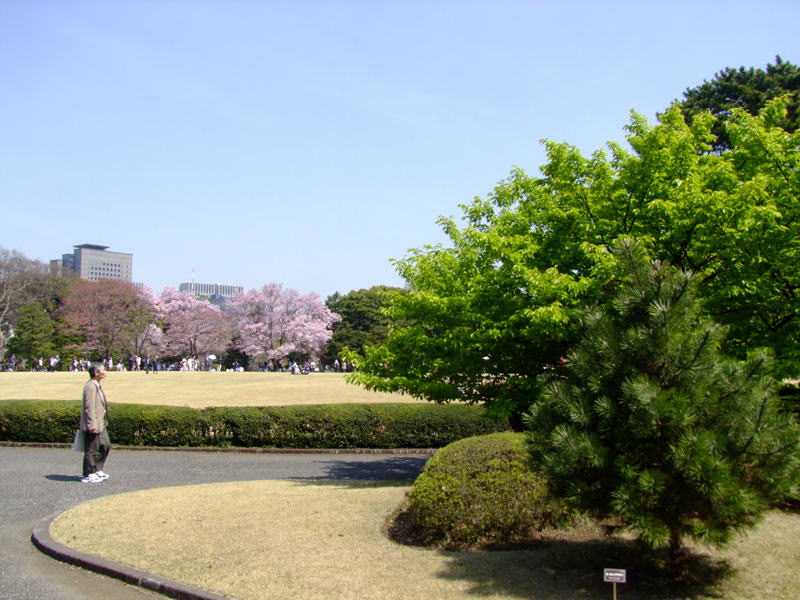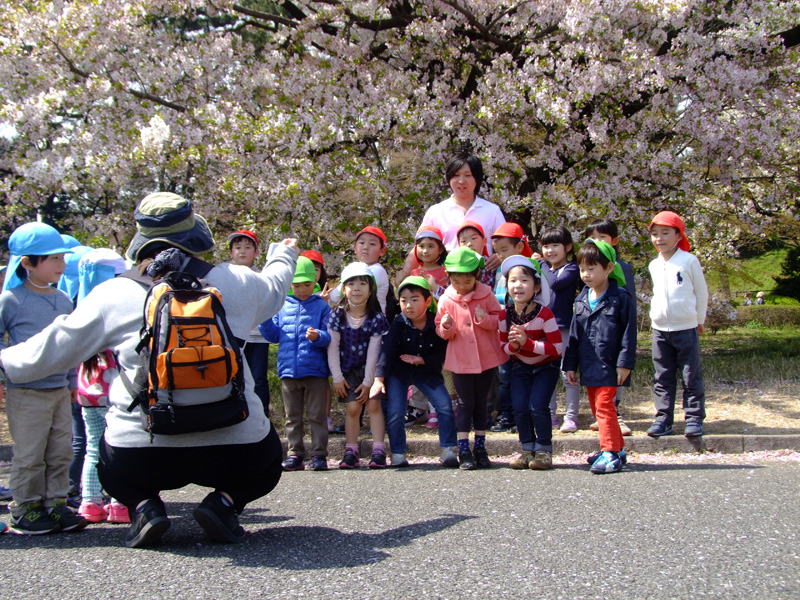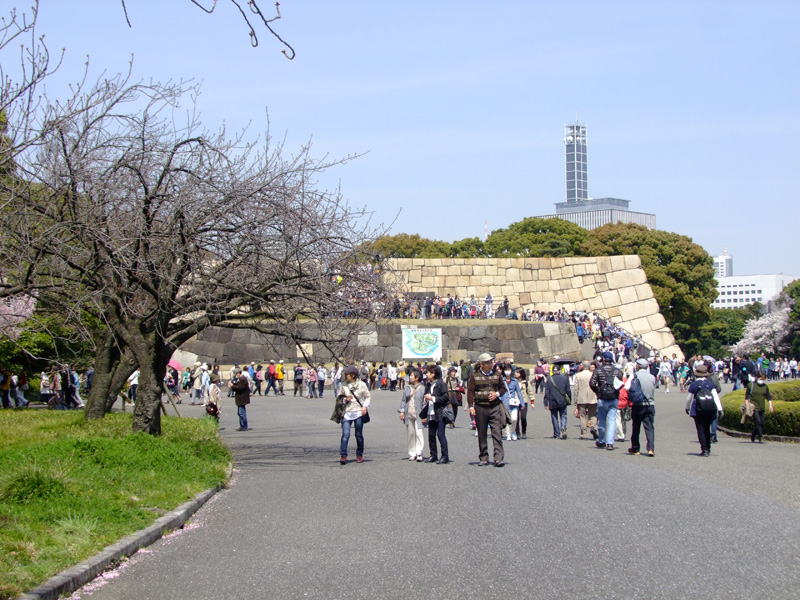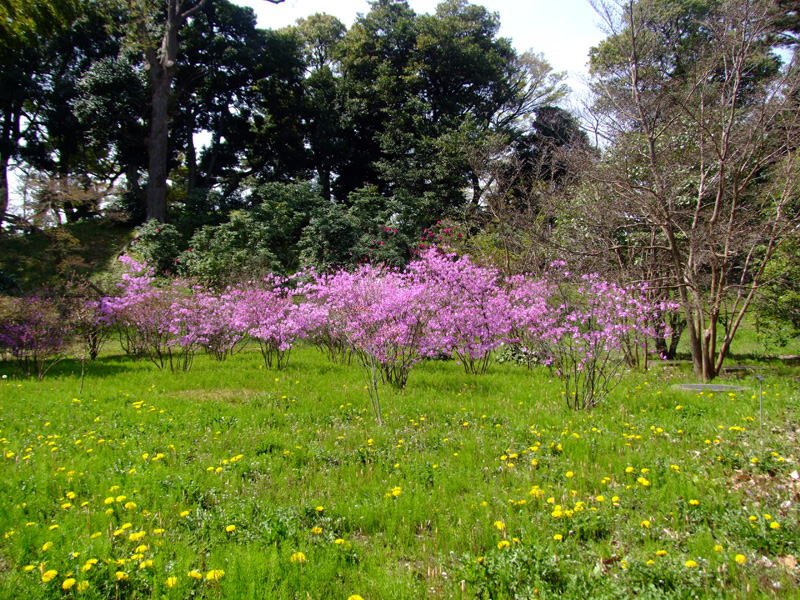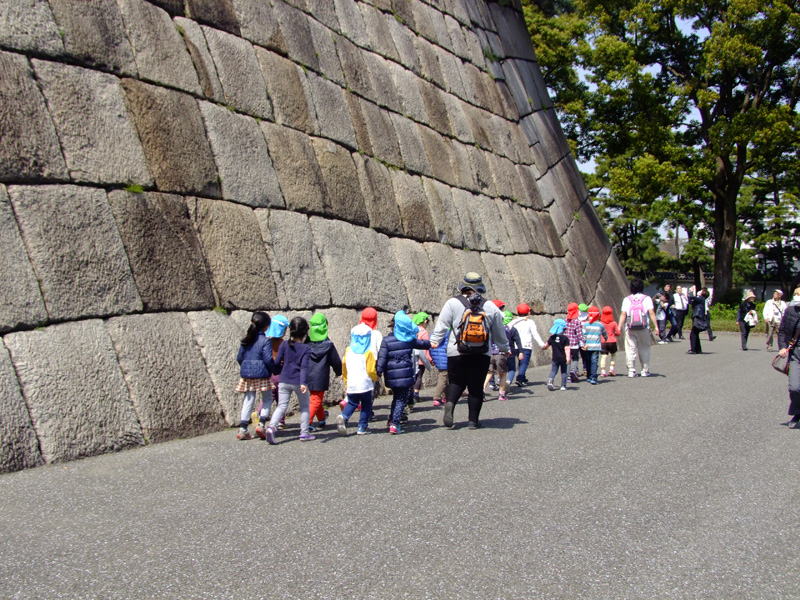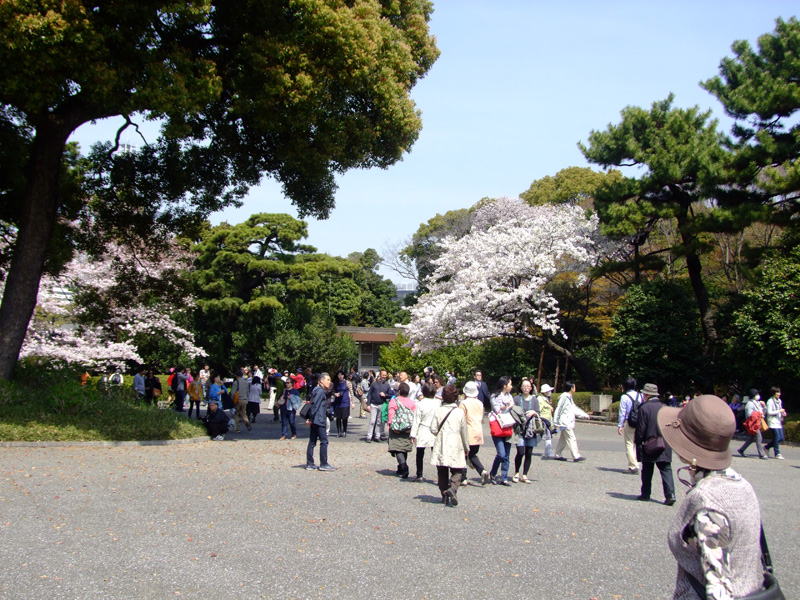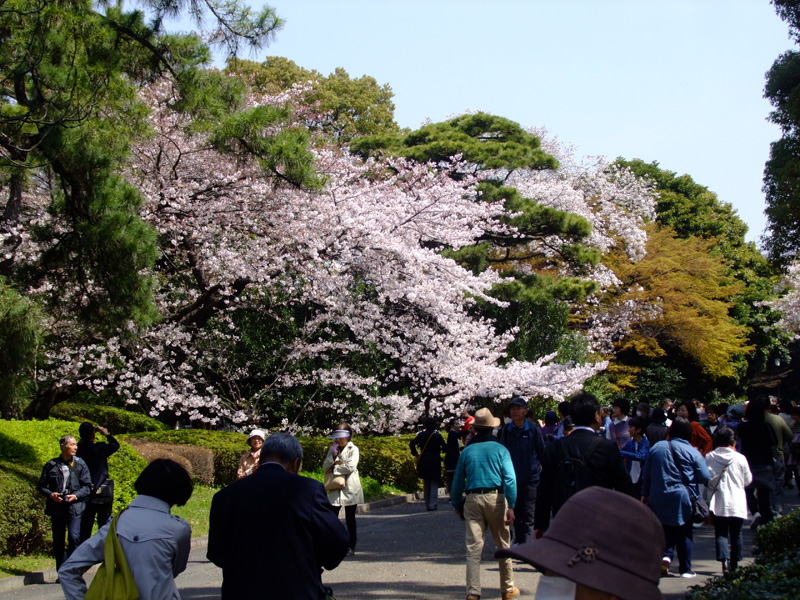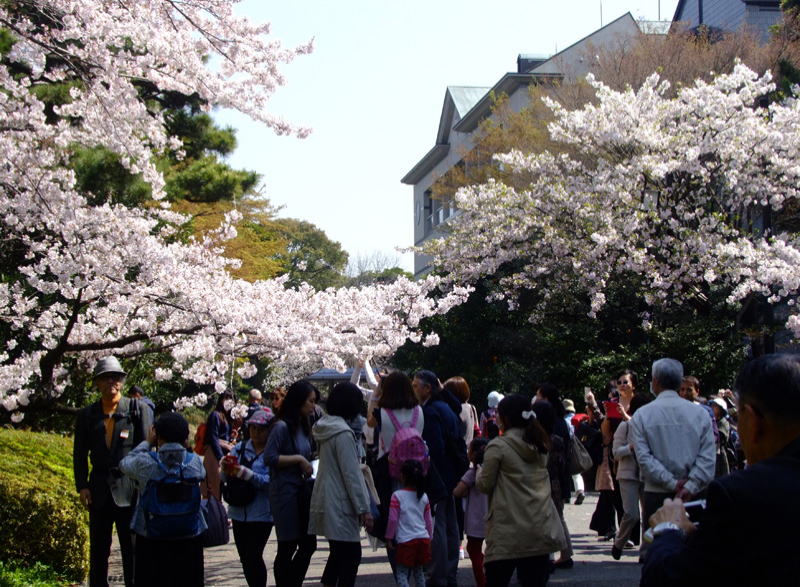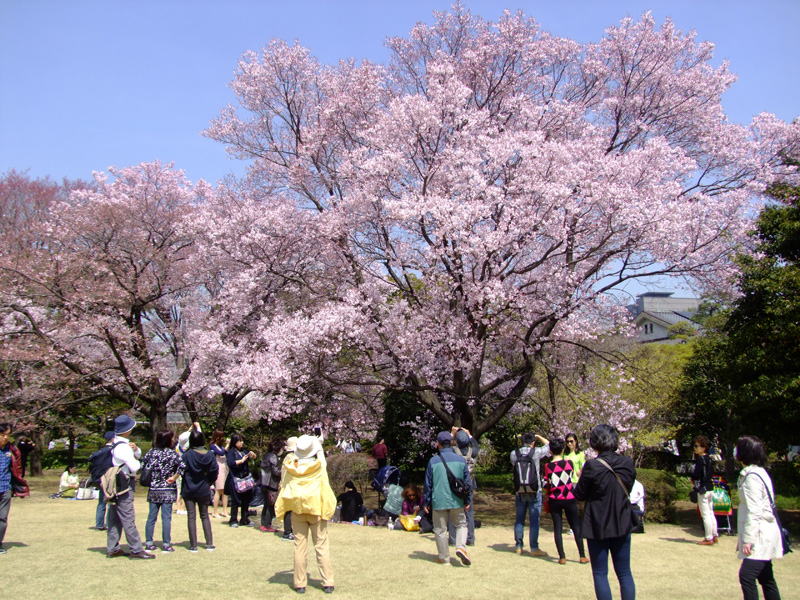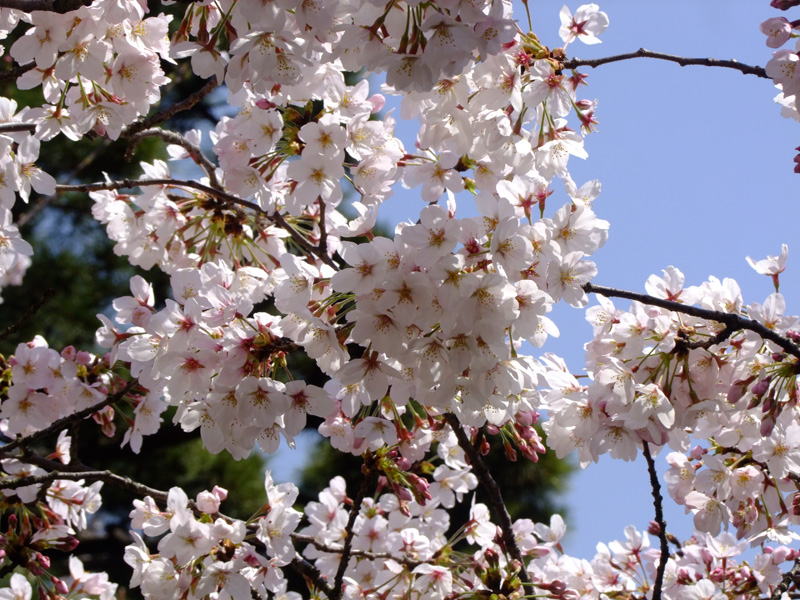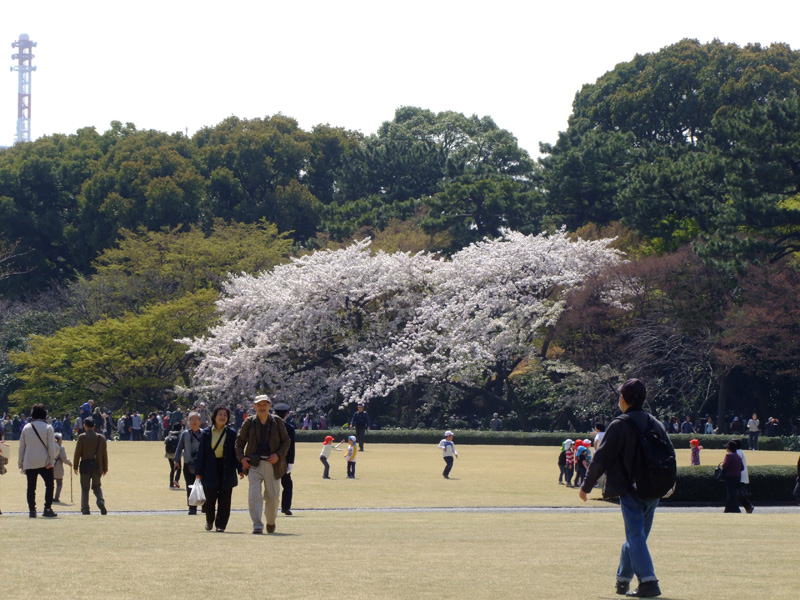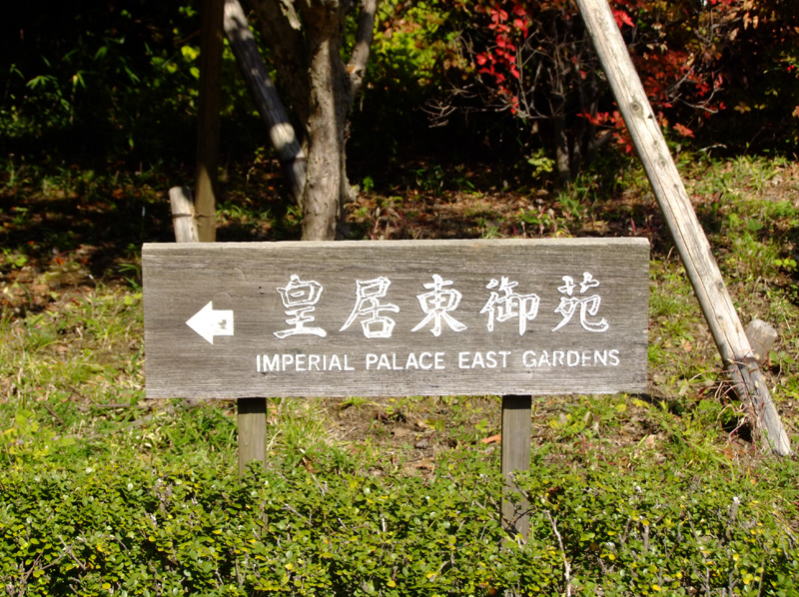
| Return to Top Return to Imperial Palace Contents Table |
IMPERIAL PALACE EAST GARDENS
| The East Gardens of the Imperial Palace were created as part of the renovation
project of the Imperial Palace grounds. The project was authorised by a
cabinet decision in 1960. The Gardens are located in the eastern part of
the Imperial Palace grounds and occupy main quarters of the former Edo
Castle. The gardens cover 21,000 square meters and have been open to the
public since October 1, 1968. (Imperical Household Agency) Open: 9 a.m.-4 p.m. (March 1-April 14 and Sept. 1-End of Oct.)/ 9 a.m.-4:30 p.m. (April 15-End of Aug.)/ 9 a.m.-3:30 p.m. (Nov. 1-End of Feb.) Closed: Mon and Fri and Dec. 23 also from Dec. 28 to Jan. 3. Admission: free Entry and Exit Gates: Ote-mon Gate, Hirakawa-mon Gate and Kitahanebashi-mon Gate Telephones: 03-3213-1111 (Tue-Thu)/ 03-03-3213-2050 (Sat, Sun and National Holidays) (All information quoted from the Imperial Household Agency pamphlet) URL: Imperial Palace East Gardens |

Sannomaru Shozokan (Museum of the Imperial Collections)
| The collection of 6,000 art pieces owned and inherited by the Imperial
family was donated to the Japanese government in 1989. For the preservation
and study of this collection, Sannomaru Shozokan (The Museum of the Imperial
Collections) was built in 1992, and open to the public from 1993. The collection
of the Late Princess Chichibu in 1996, Empress Kojun in 2001, and the Late
Princess Takamatsu in 2005 were added to the collection. The total number
of the collection now amounts to 9,500 pieces. Open: Same as the East Garden of the Imperial Palace Closed: Same as the East Garden of the Imperial Palace. Special period and arrangement of next display. Admission: free Telephone: Same as the East Garden of the Imperial Palace |
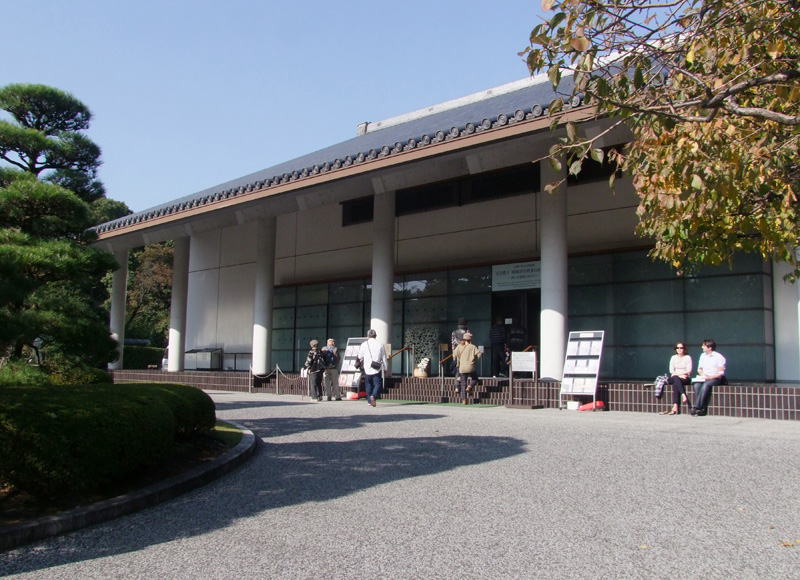
BANSHO (Guardhouses)
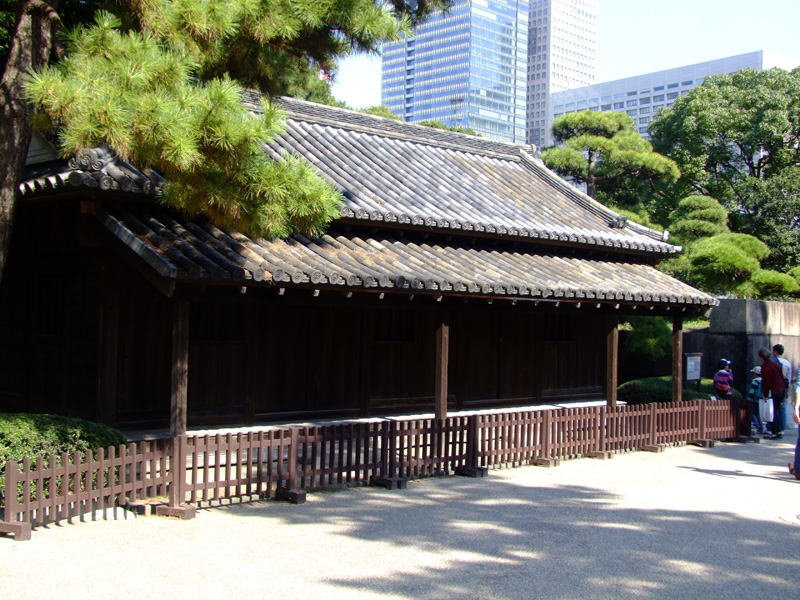
Doshin-bansho Guardhouse
| A bansho was a guardhouse and Doshin-bansho is one of the three guardhouses still remaining. Samurai guardsmen kept constant watch especially on the members of a lord's retinue who entered through Ote-mon gate. |
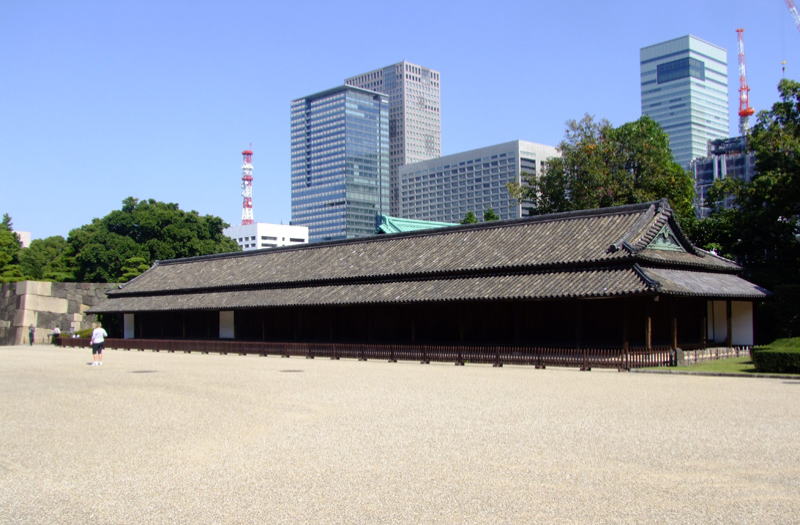
Hyakunin-bansho Guardhouse
| 100 samurai guardsmen chosen from among loyal retainers of each of four main branches of the Tokugawa clan had their quarters here and worked in shifts day and night. |
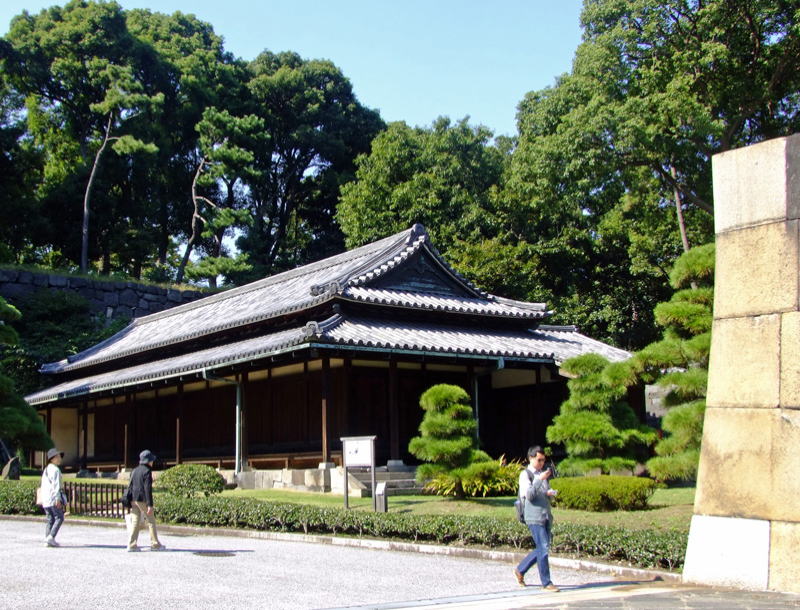
O-bansho Great Guardhouse
| A bansho was a guardhouse and O-bansho is one of the three guardhouses still remaining. It is believed to have played a crucial role since it ws the final checkpoint. It was strictly guarded by samurai guardsmen of higher rank than at other guardhouses. |
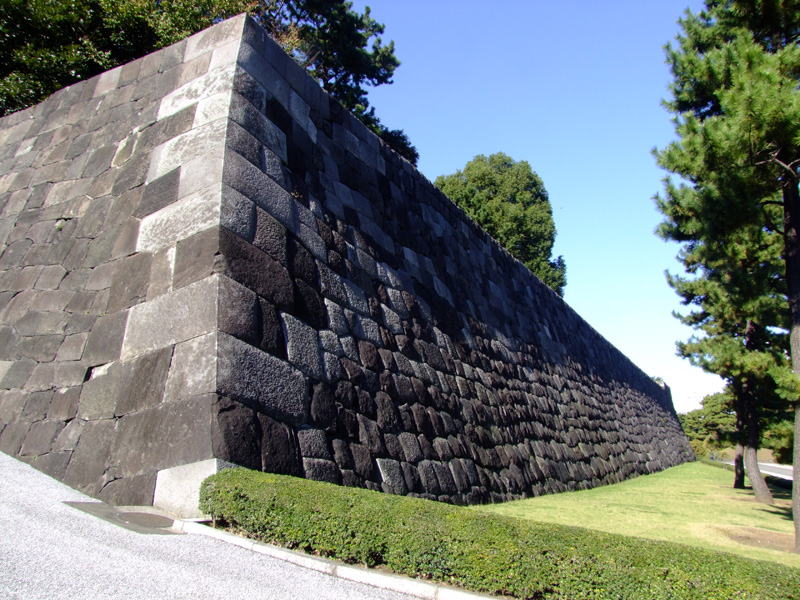
Honmaru Stone Wall
Shiomizaka-slope (Tide-view Slope)
From here the Tokyo Bay was observable in Edo Period
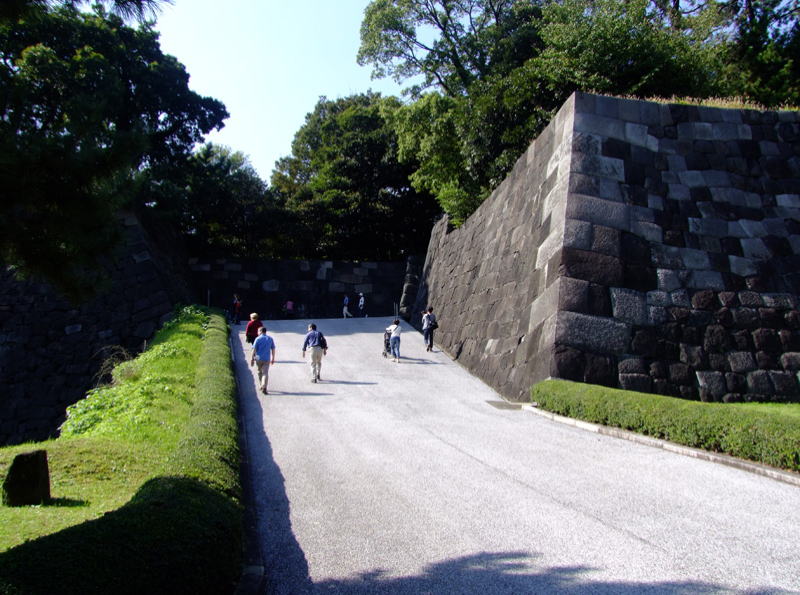
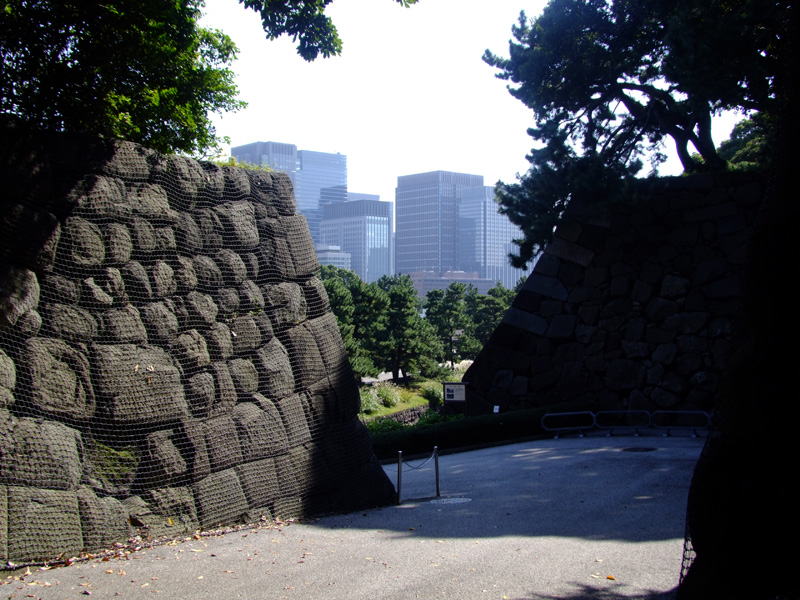
Honmaru Oshibafu Lawn
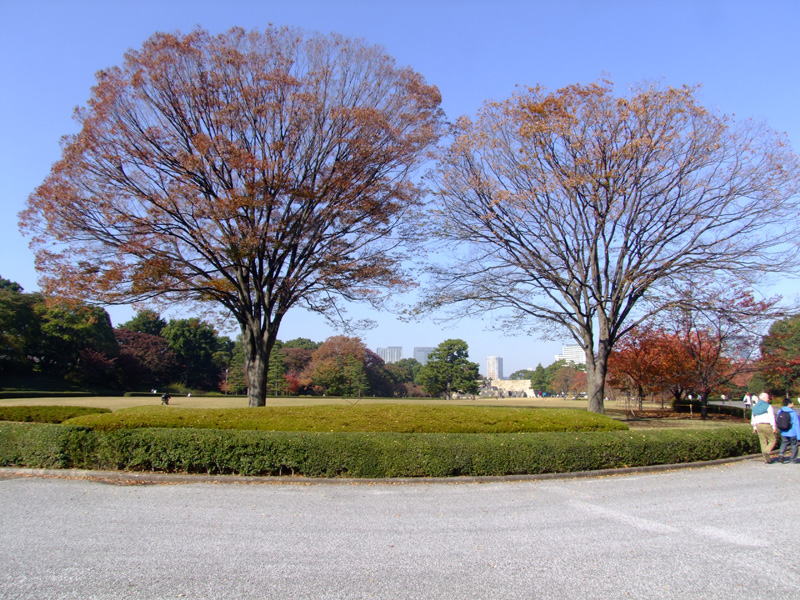
| The wide expansse of lawn lies at the center of the Honmaru (Main Citadel) Area. The honmaru buildings were destroyed. |
Tenshudai (Remains of the main tower)
| The main donjon of the Edo Castle was completed in 1607. At that time the
rampart was about 14 meters high and on top of it the main donjon rose
the greatest castle towers in Japan but it was destroyed in the Great Fire
of 1657. Since then it has never been reconstructed and only the stone
wall that formed foundation remains today which is about ten meters high
now. There is a movement of reconstructing the Edo Castle which was destroyed in the 17th Century. Proponents insist it would be a major tourist attraction and become an asset to the capital of Tokyo. It will probably cost 35 billion yen but it brings an economic effect of 100 billion yen, they say. The secon photo below is an image picture of reconstructed Edo Castle and the third photo is an illustration drawn in the 17th century showing the original Edo Castle. |
.
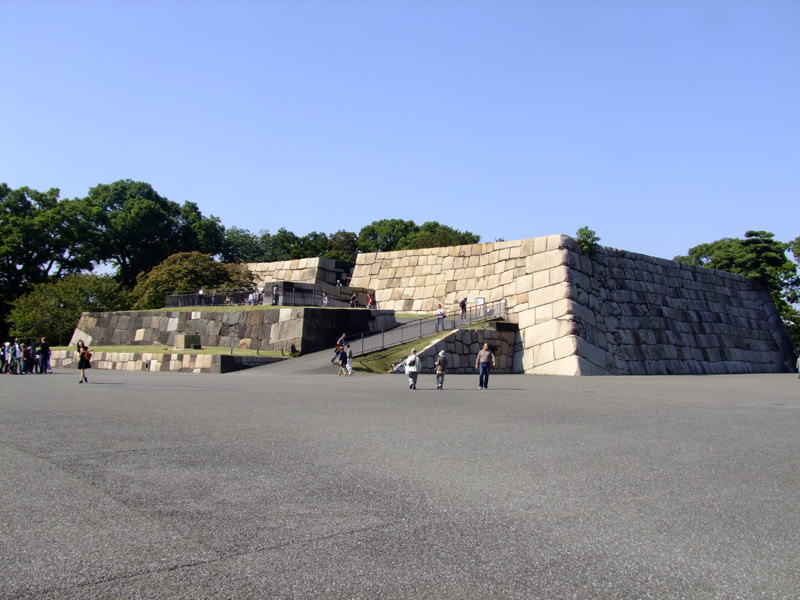
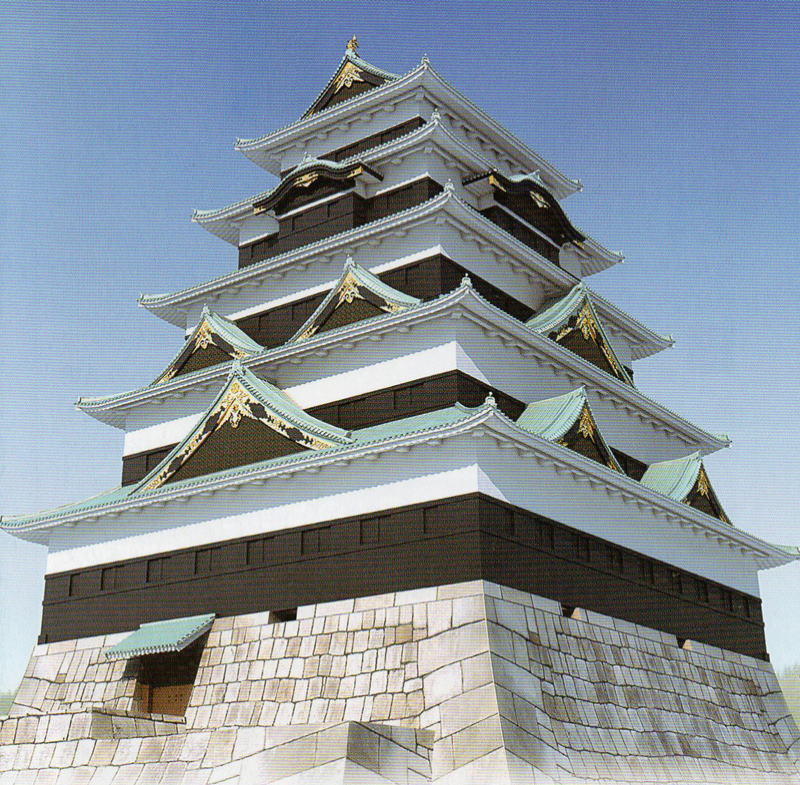
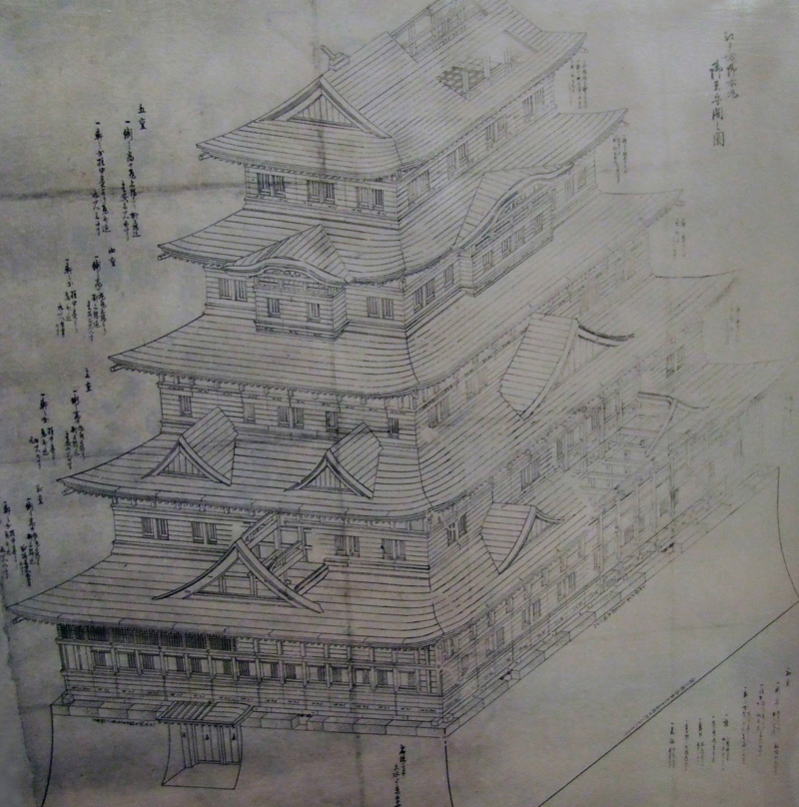
Colored Leaves of Autumn
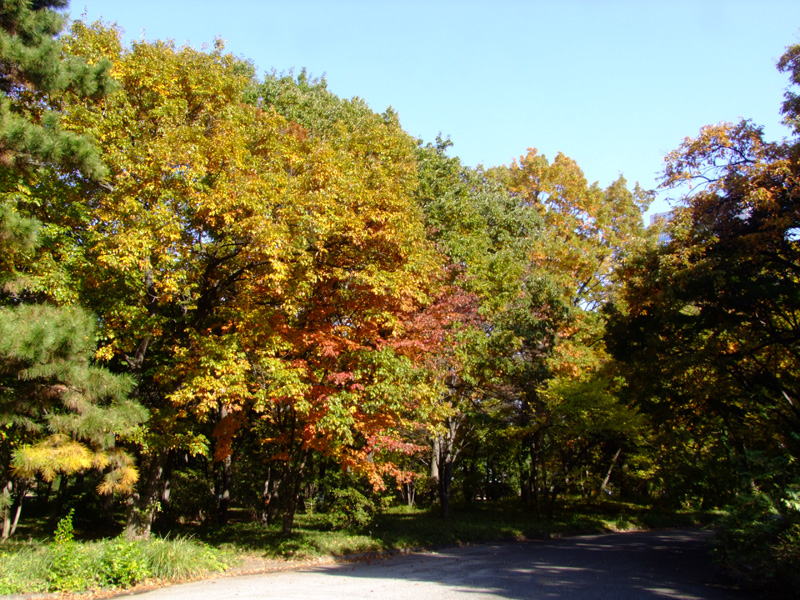
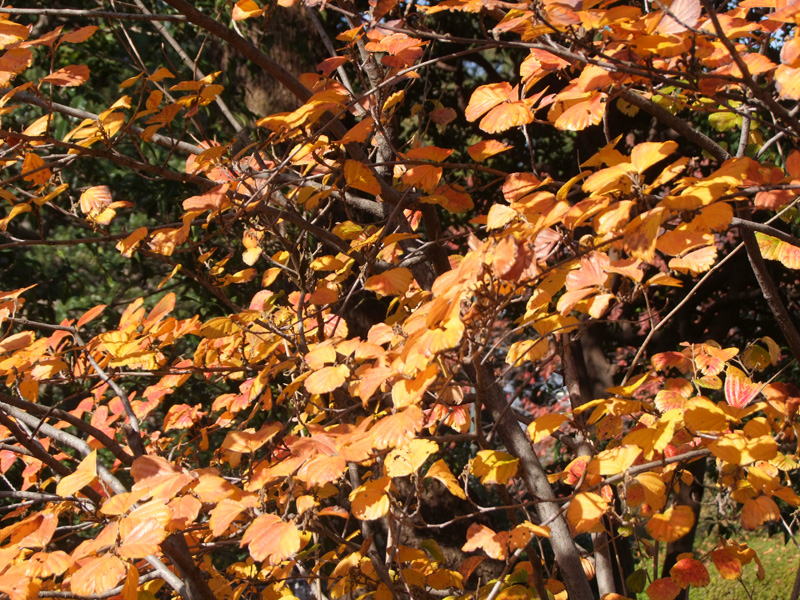
Going up a slope to a Lookout
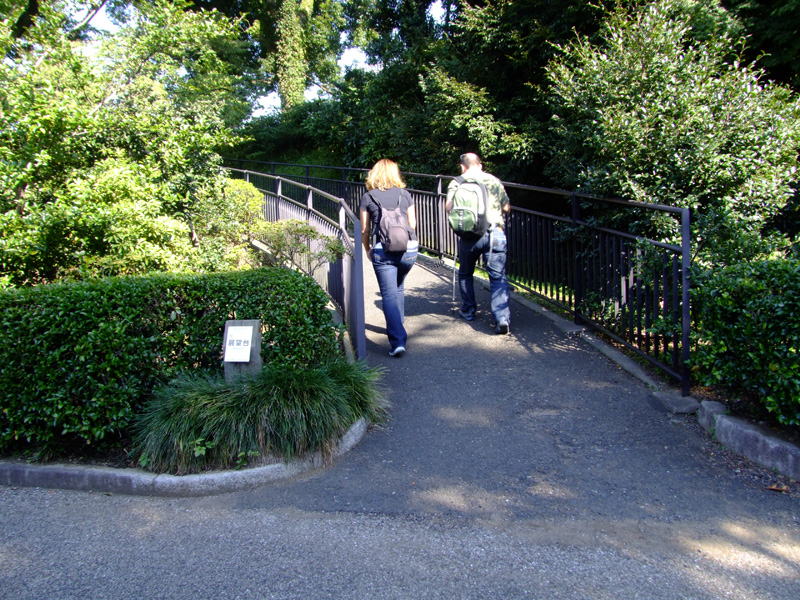
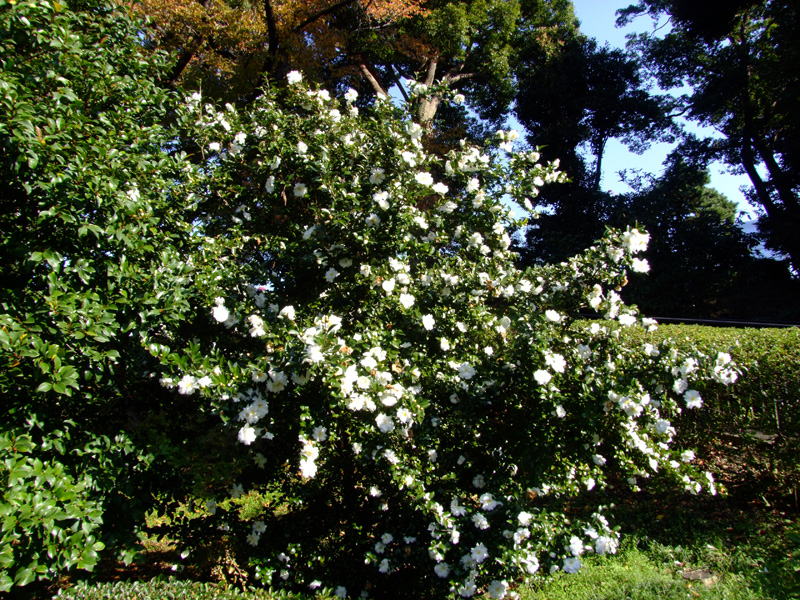
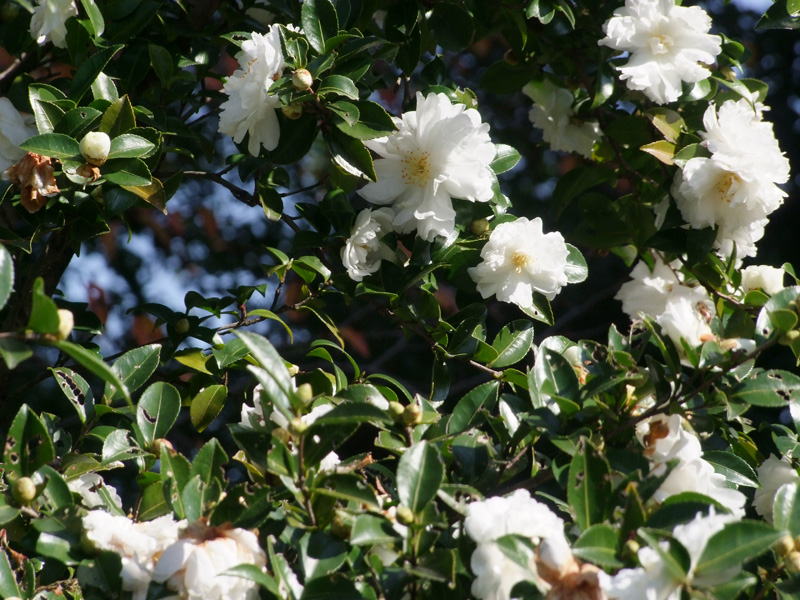
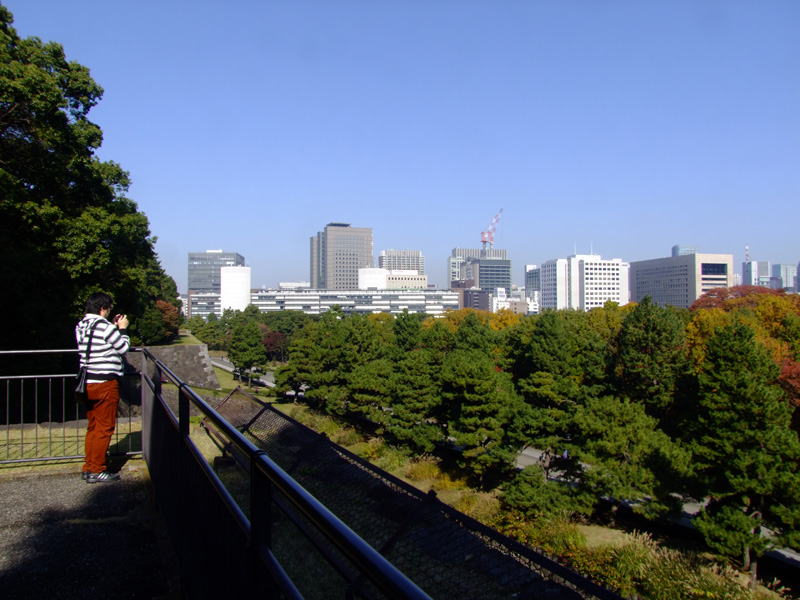
Tokugakudo Concert Hall
| The hall was constructed in 1966 in honor of the auspicious occasion of the 60th Birthday of Empress Kojun (deceased in 2000), who was a great lover of classical music. The roof is in the shape of a flower worked in colorful ceramic tiles. |
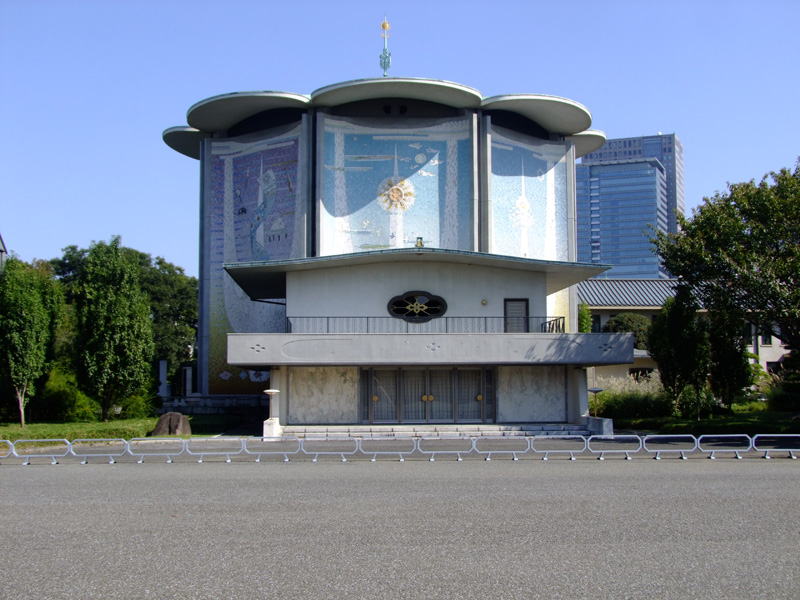
Suwa no Chaya Tea House
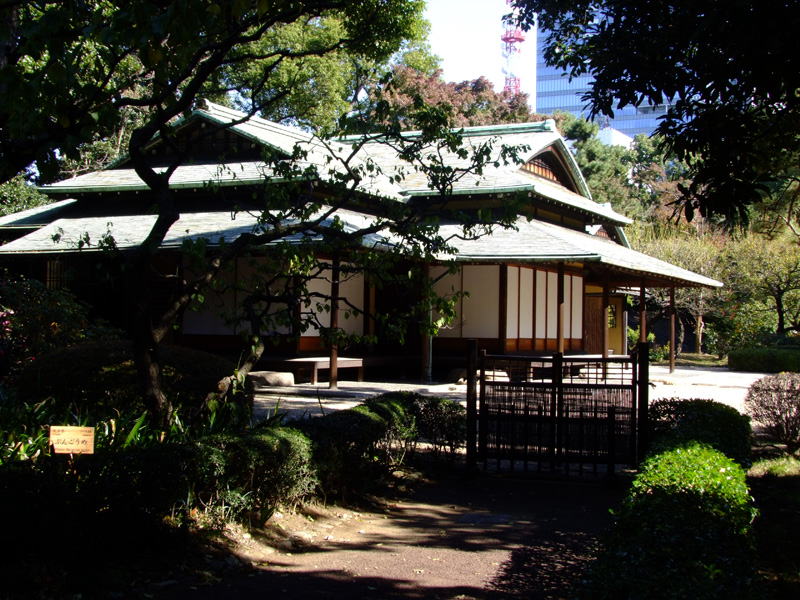
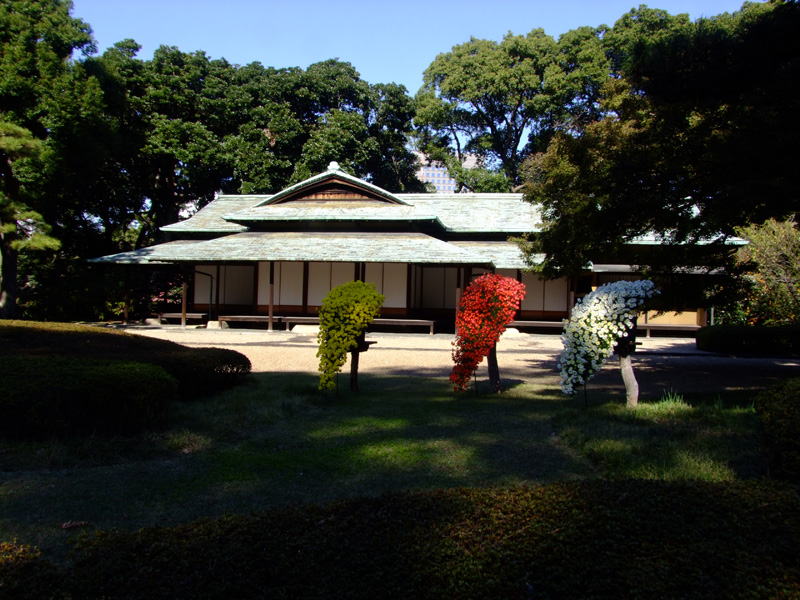
Ninomaru Garden
| The Ninomaru Garden is a garden based on a 18th century garden map. A pond can be found today in nearly the same position as the original garden attributed to Kobori Enshu. |
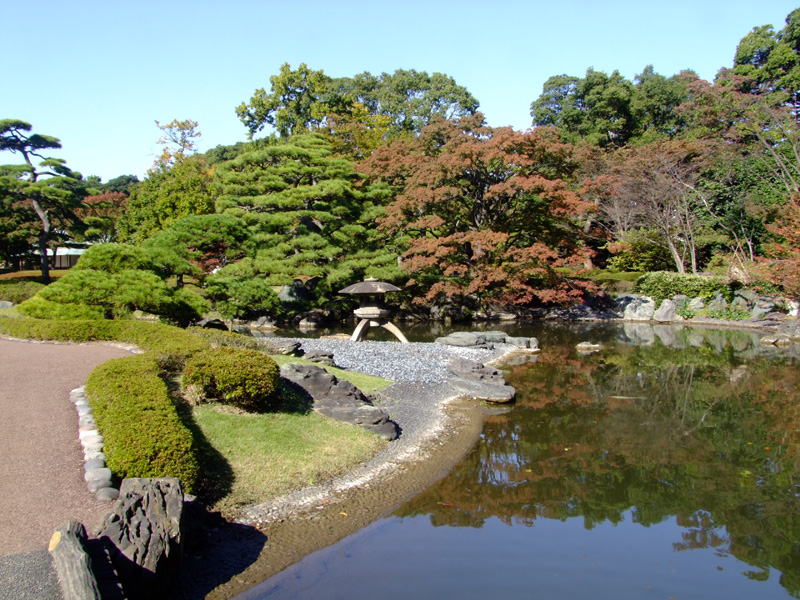
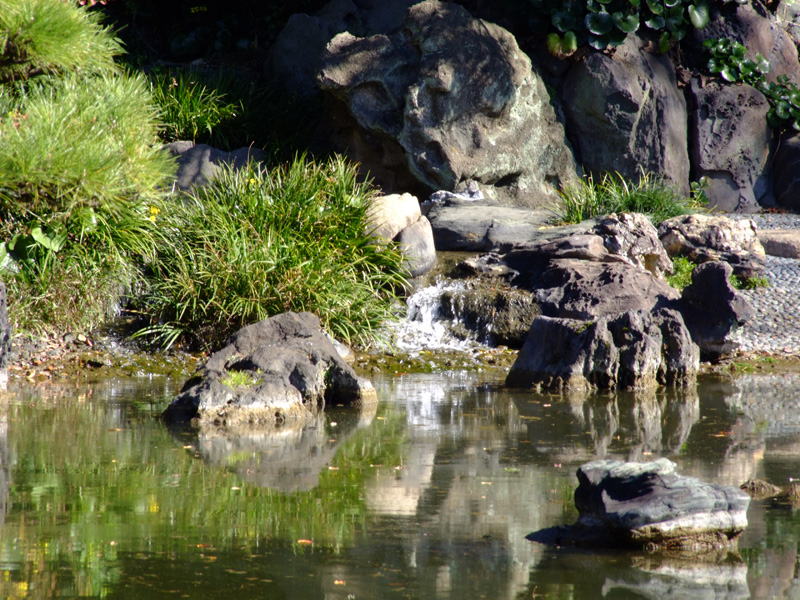
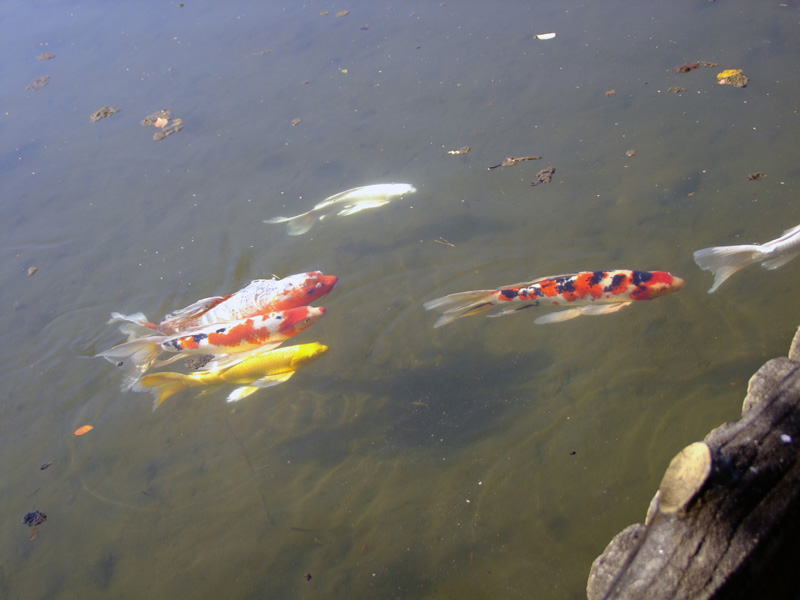
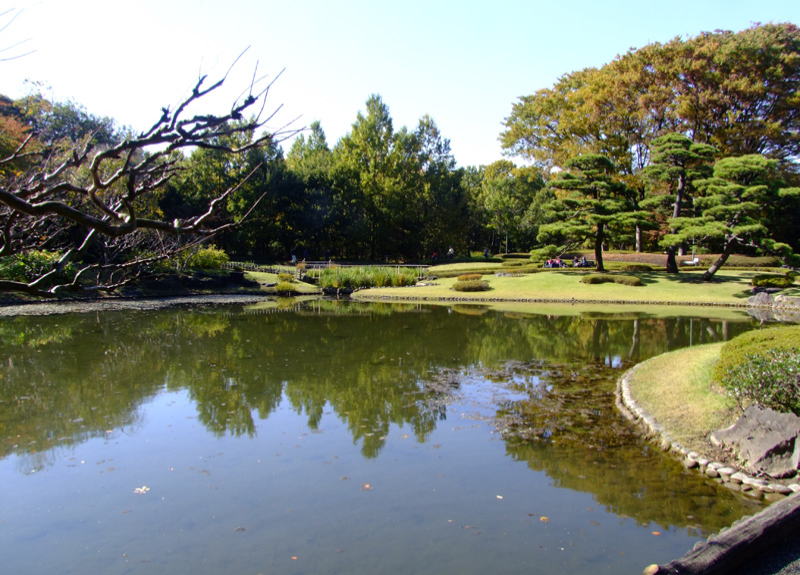
Bamboo Grove
Thirteen species of bamboo of Japanese and Chinese origins were transplanted on the idea of the Emperor.
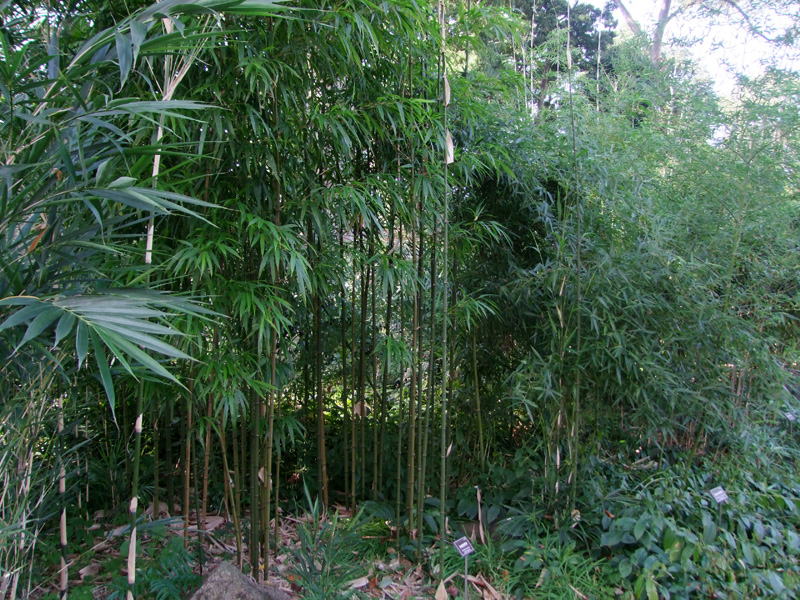
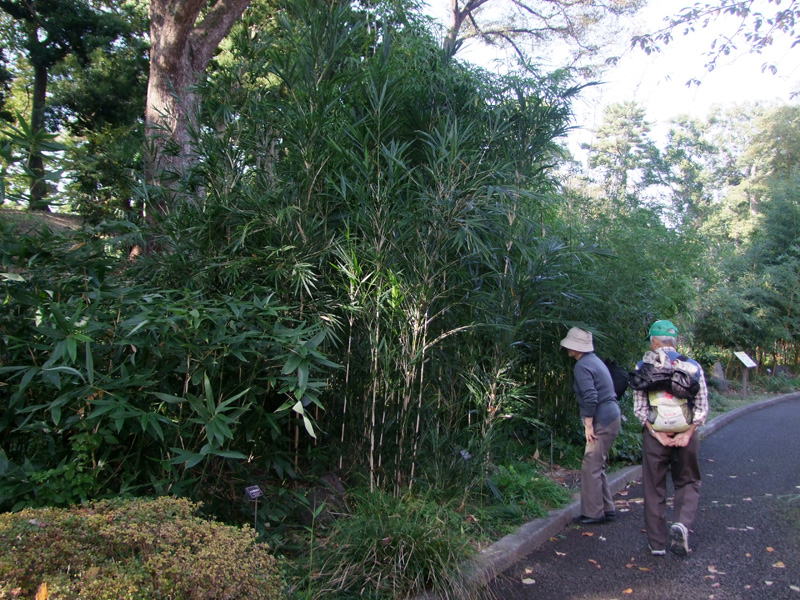
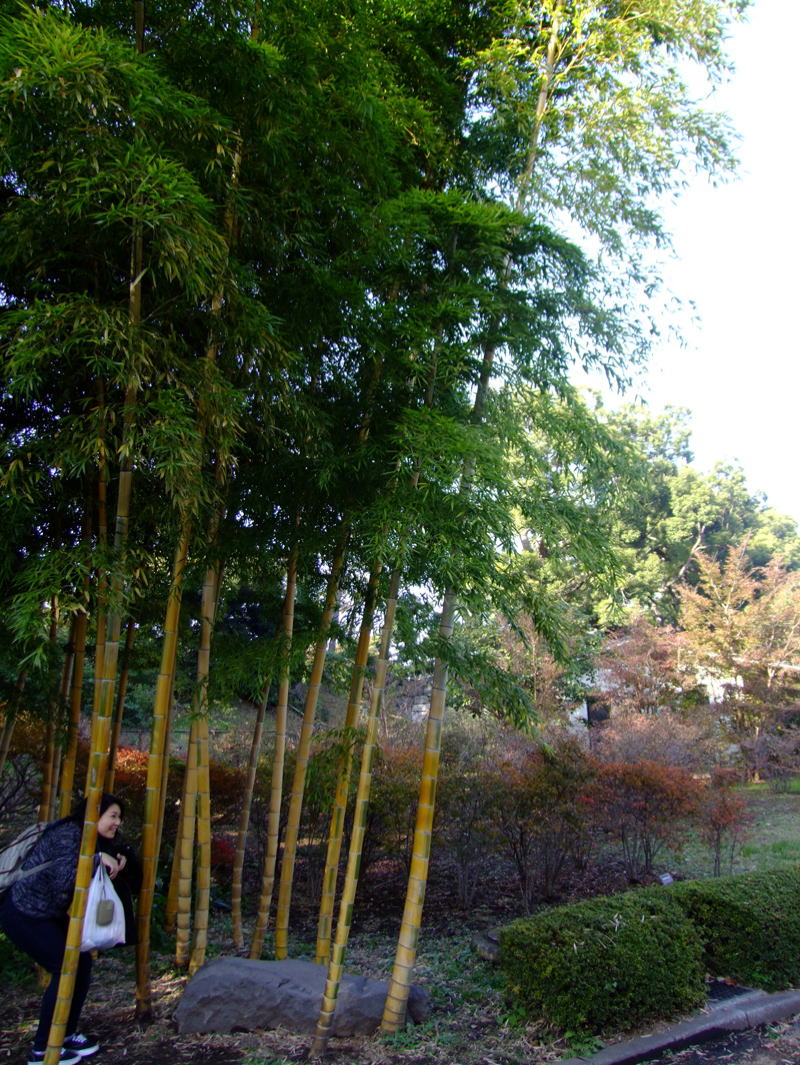
Ishimuro Stone Celler
| There are different rumors that Ishimuro stone celler was an underground passage or treasury and so on. It seems to have been used as an emergency storehouse for inner palace's supplies |
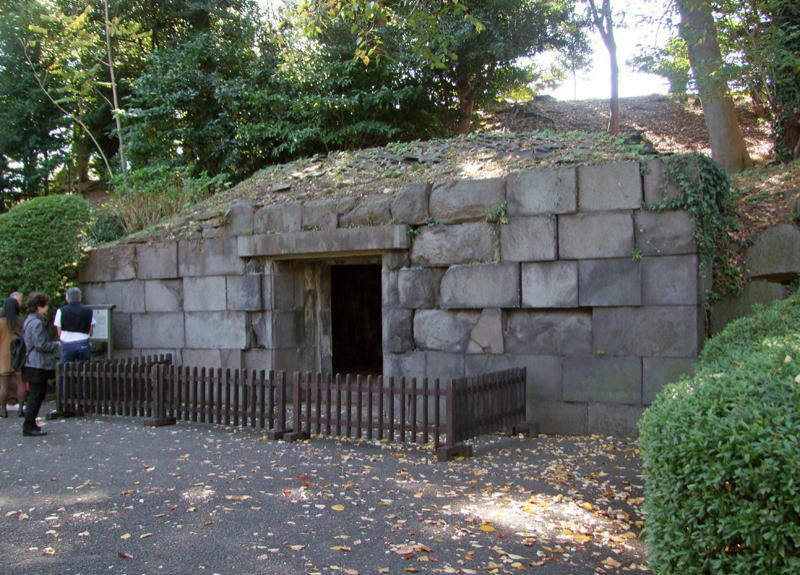
Fujimi-Tamon Defence House
| "A Tamon," which was called Tamon-Nagaya, was a building on the stone wall for defense, a kind of arsenal where arms (guns, bows and arrows etc.) were stored, and it was also designed for use in shooting invading enemy in time of war. Honmaru (inner citadel) areas with Yagura (keep) and Tamon were always ready for any emergency. |
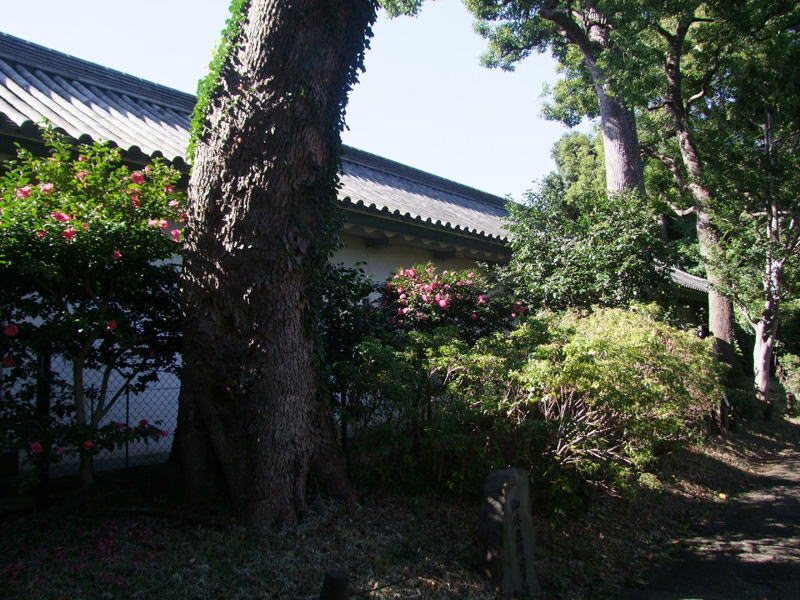
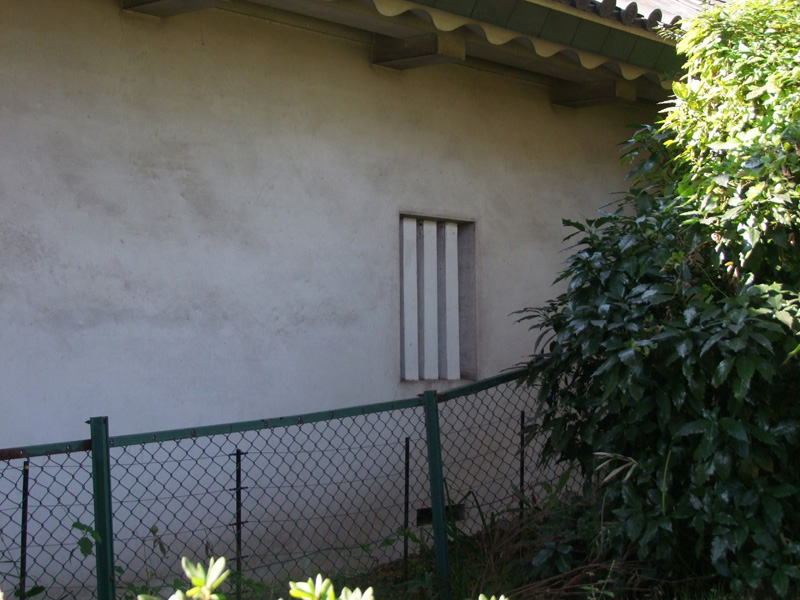
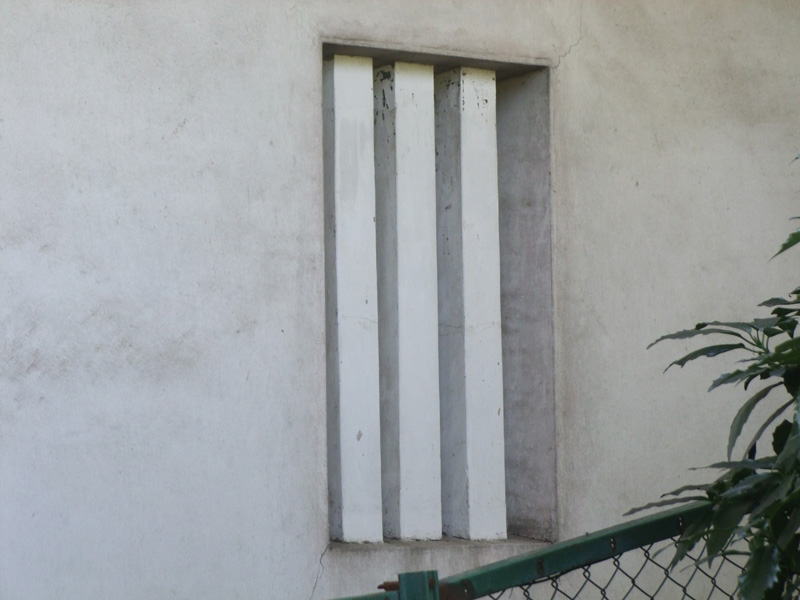
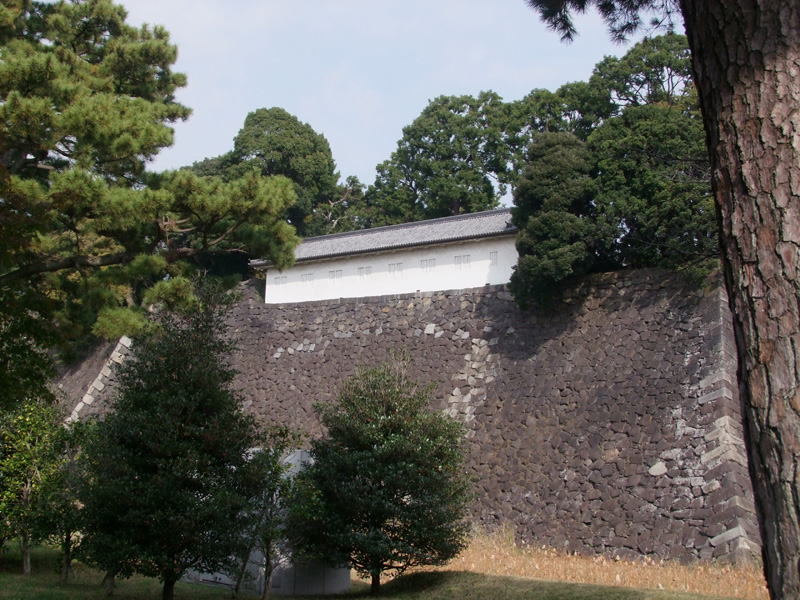
Seen from the other side
Fujimi Yagura viewed from the back
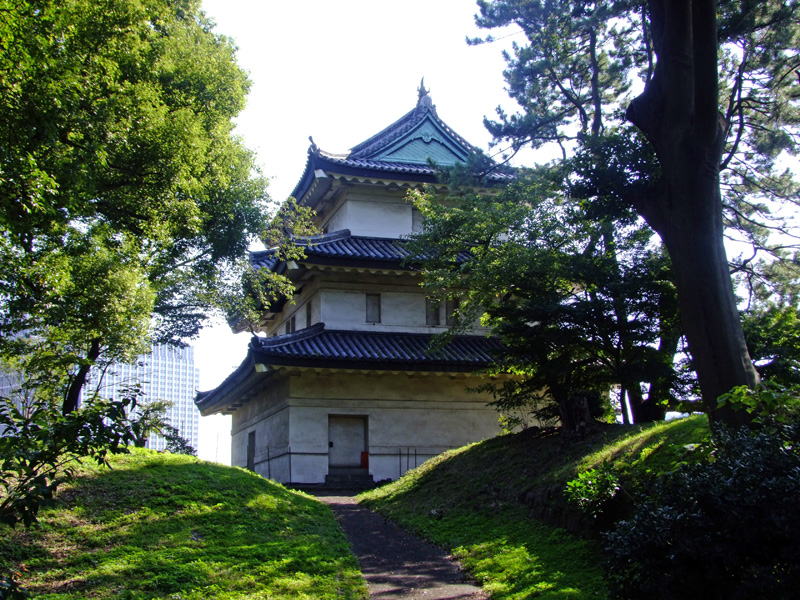
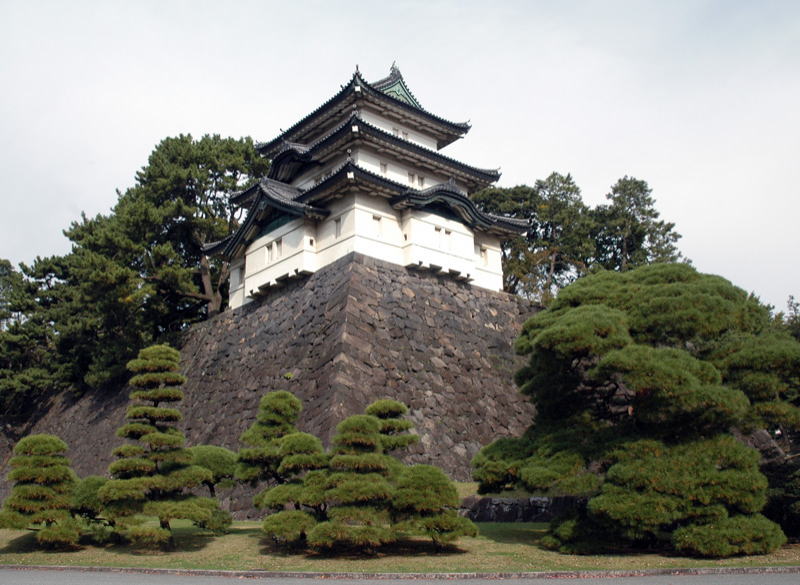
Seen from the other side
Wild Grass
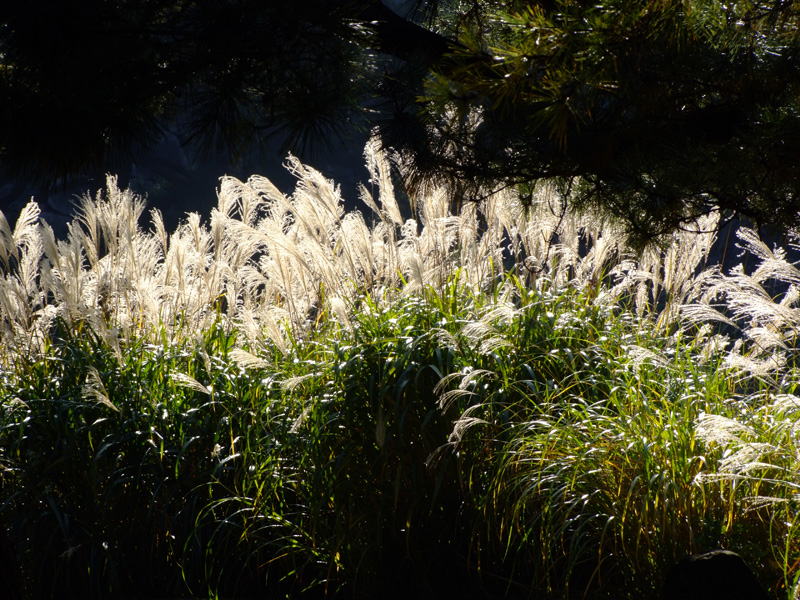
IMPERIAL PALACE EAST GARDEN AUTUMN FOLIAGE DECEMBER 6, 2014
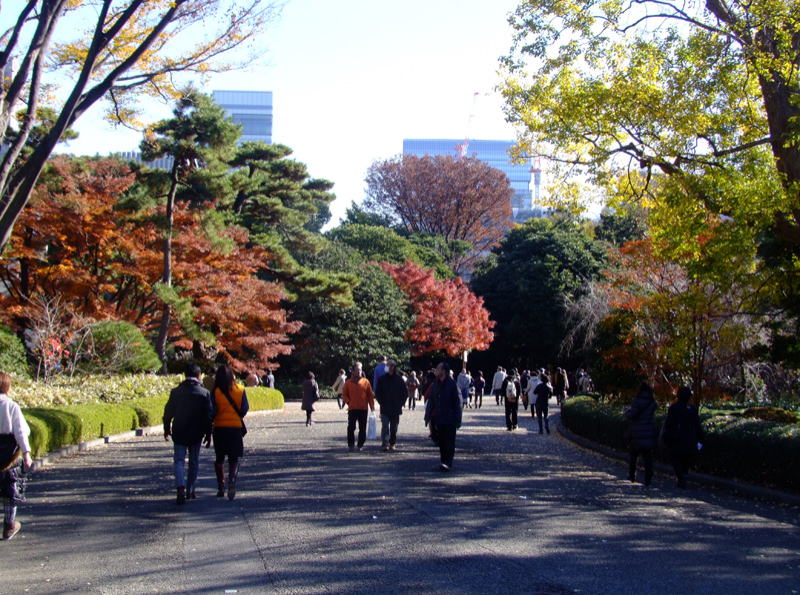
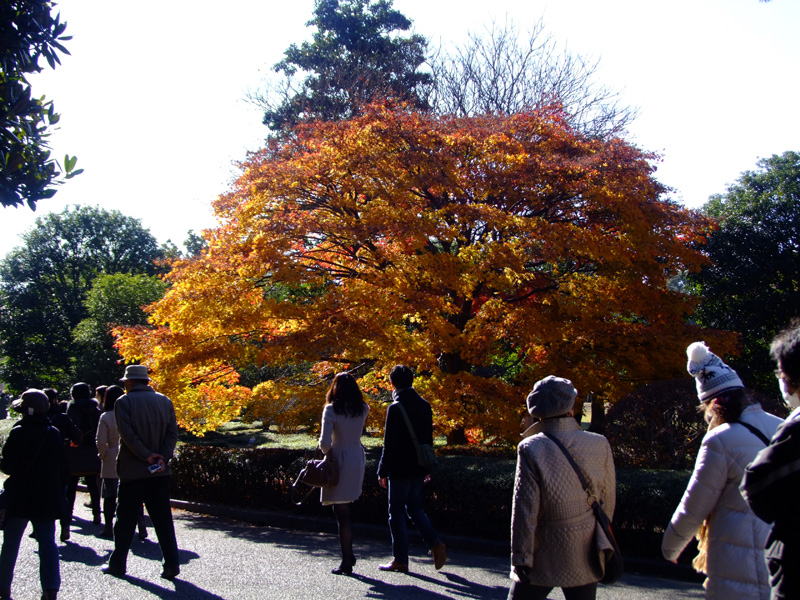
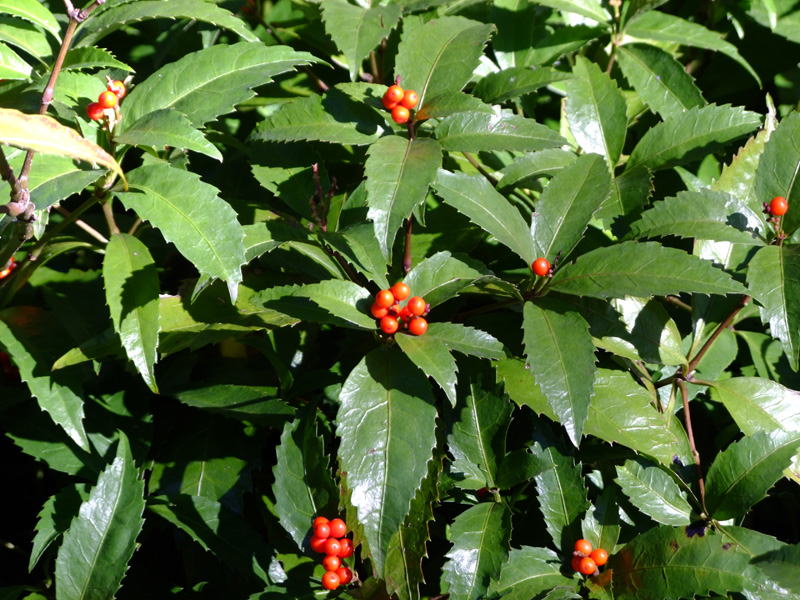
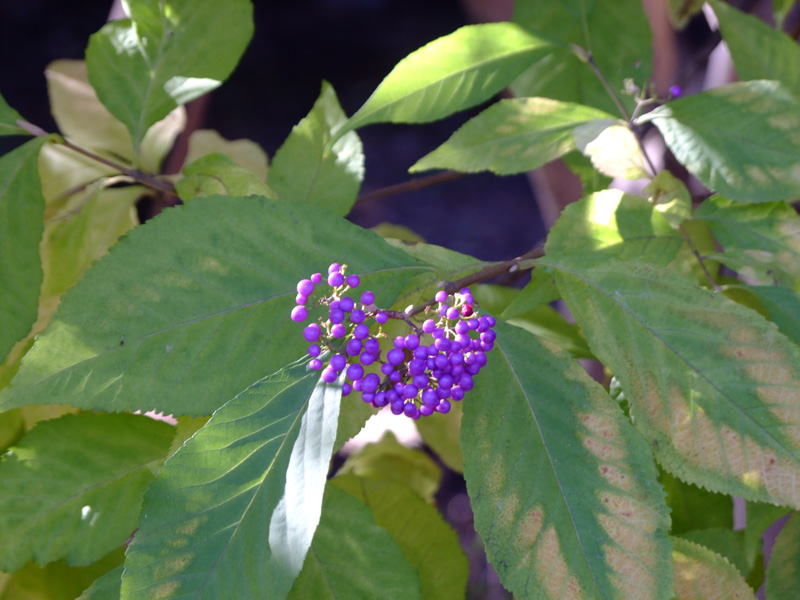
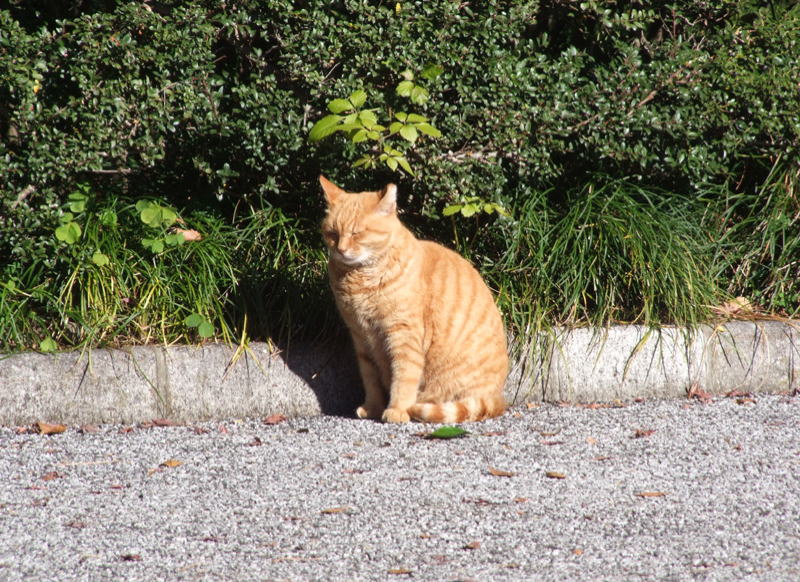
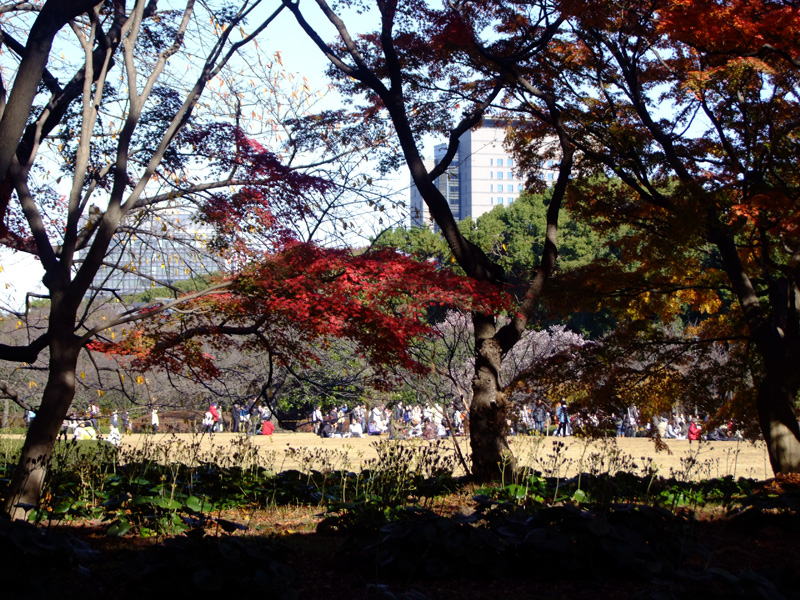
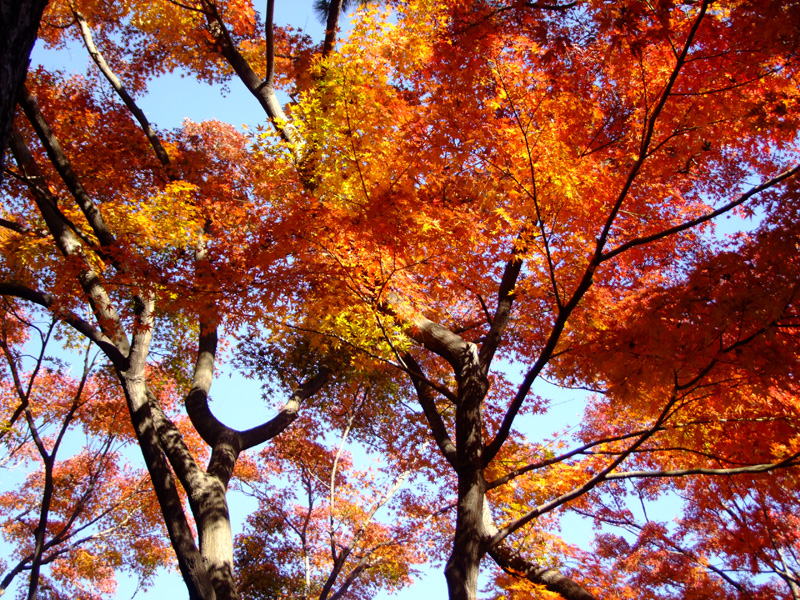
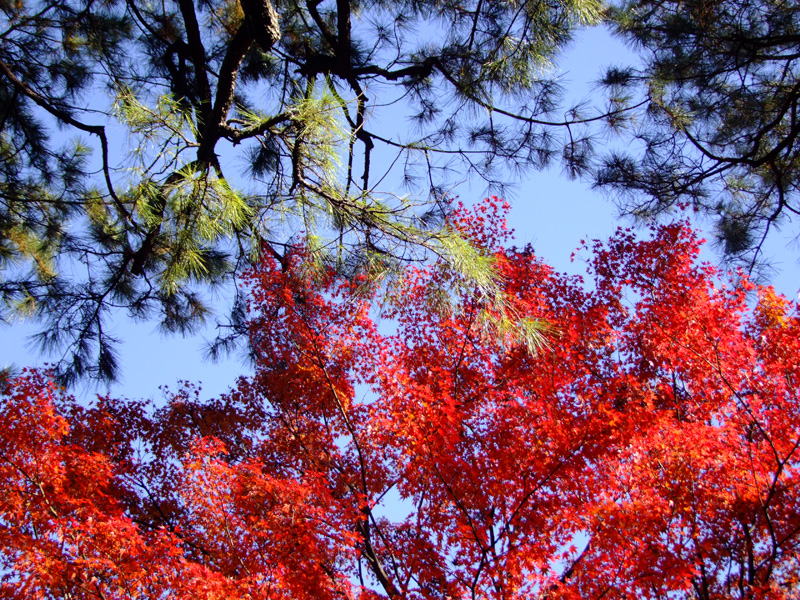
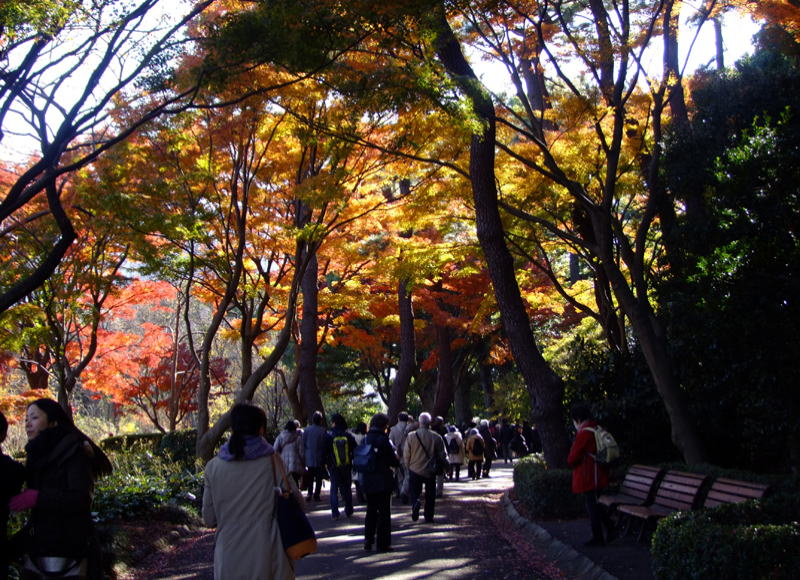
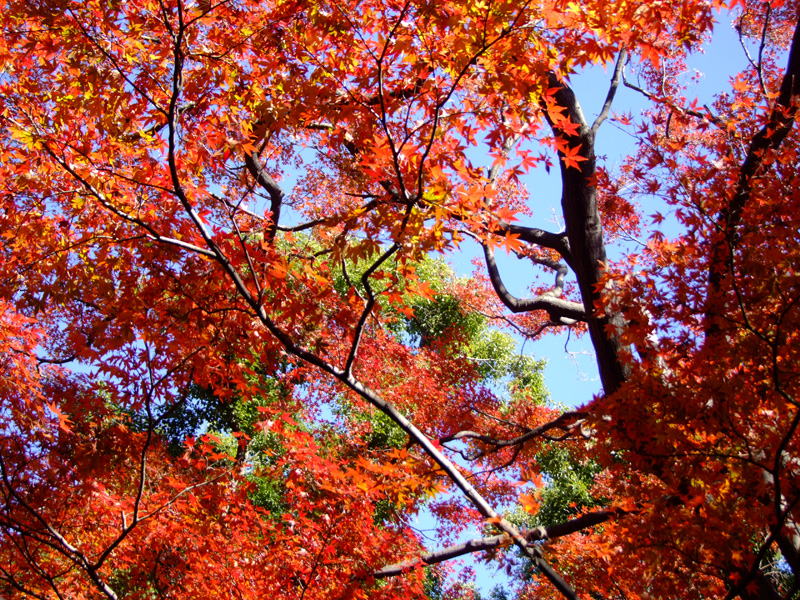
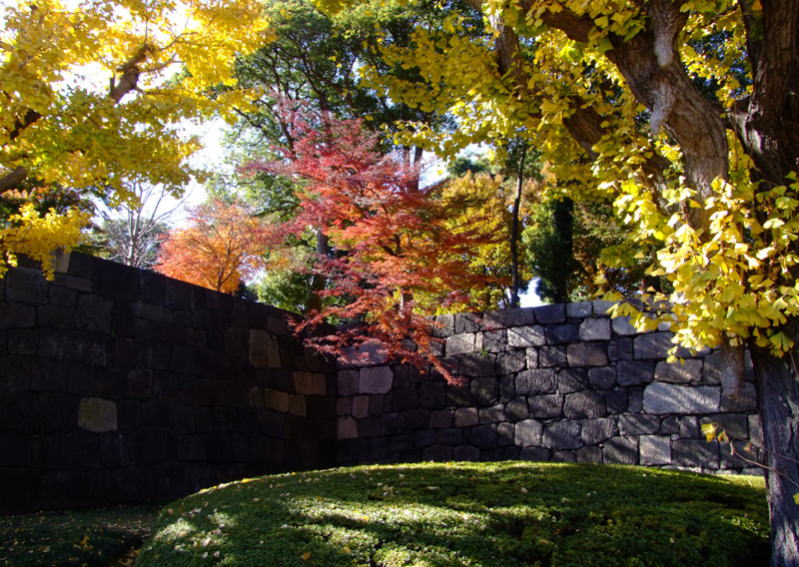
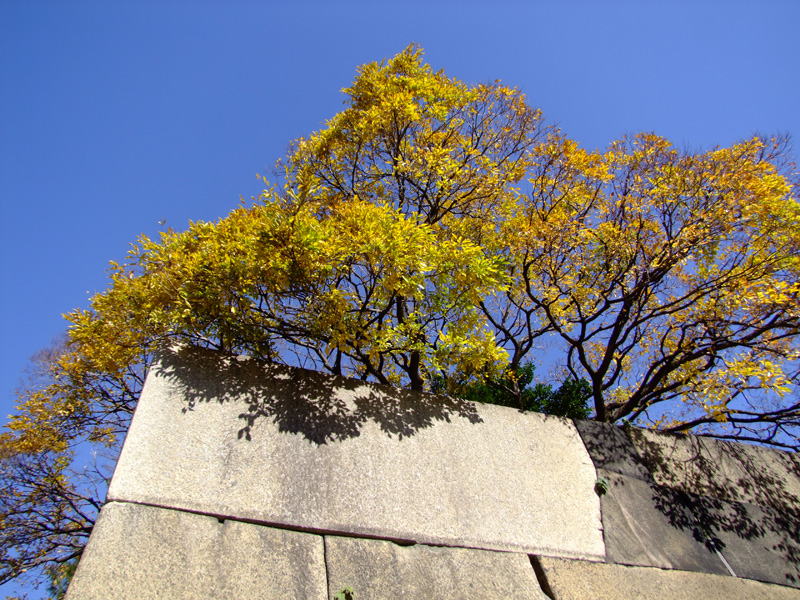
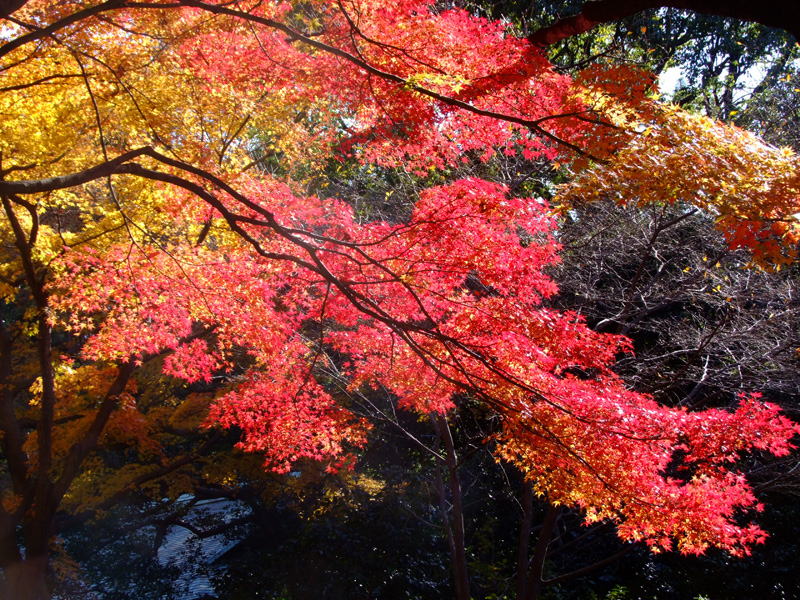
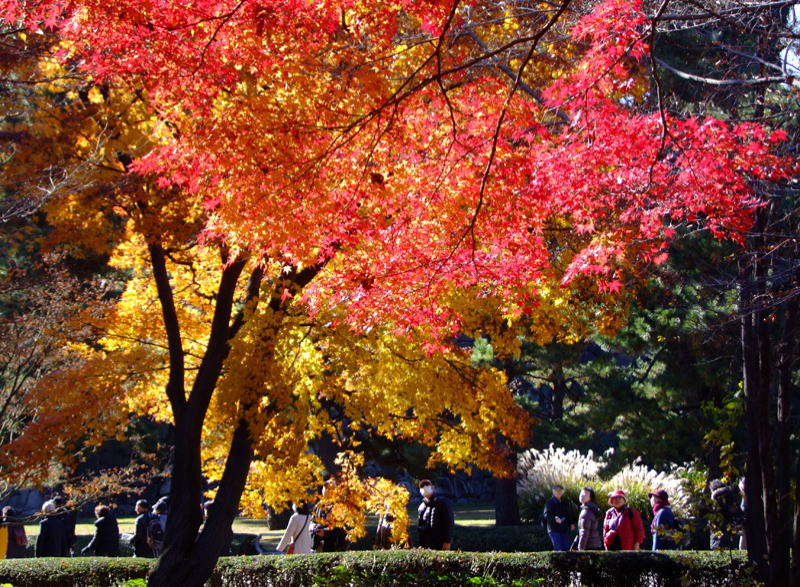
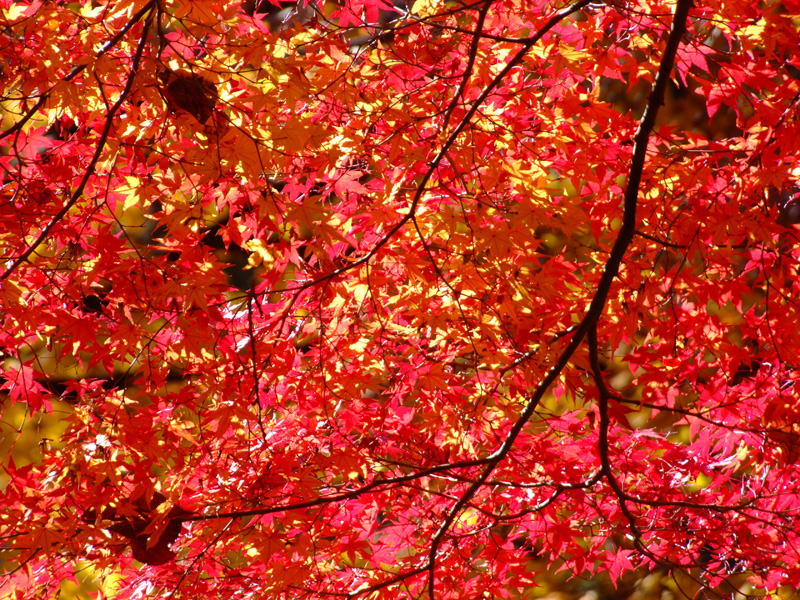
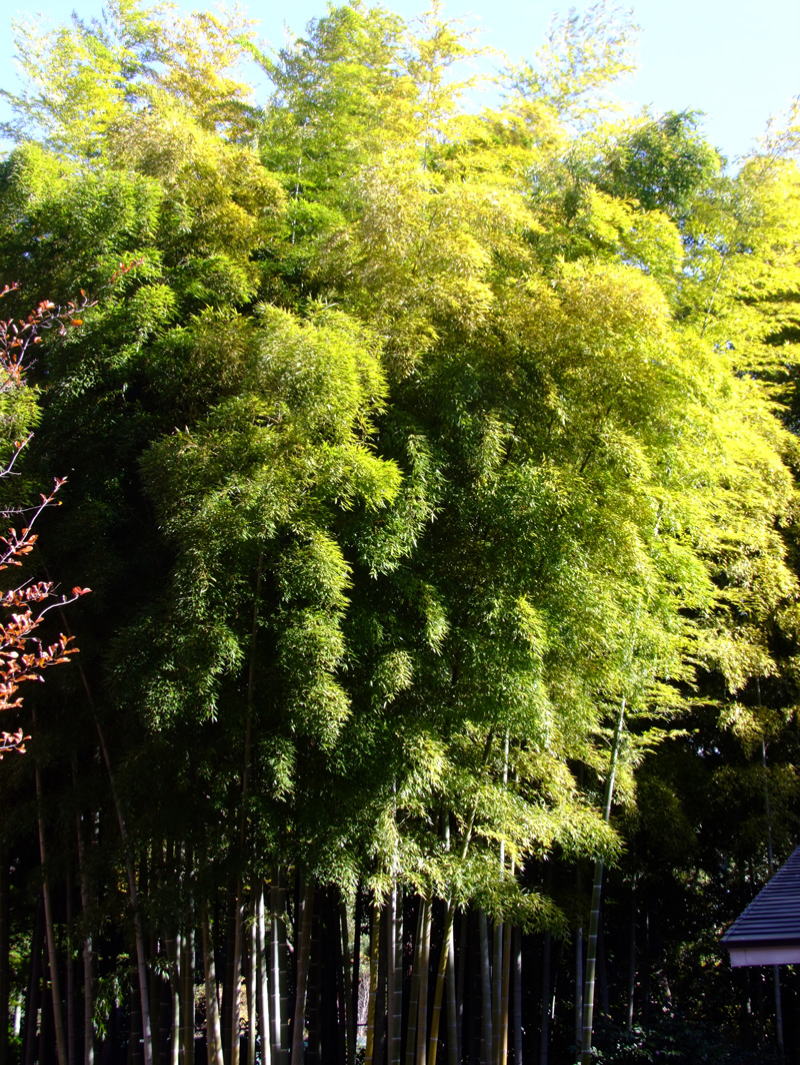
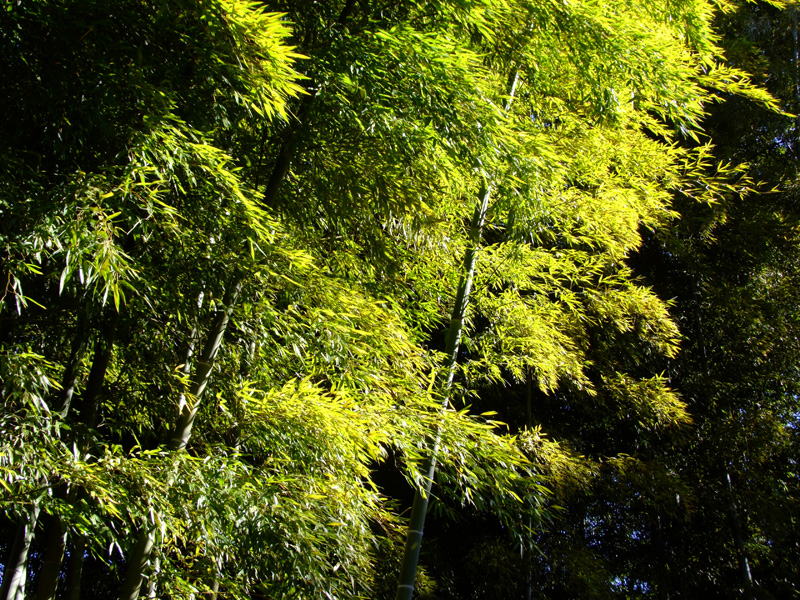
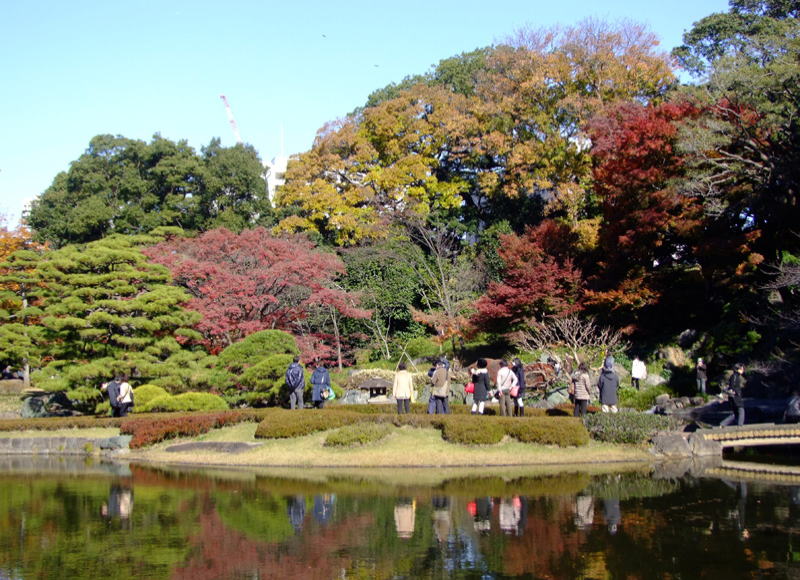
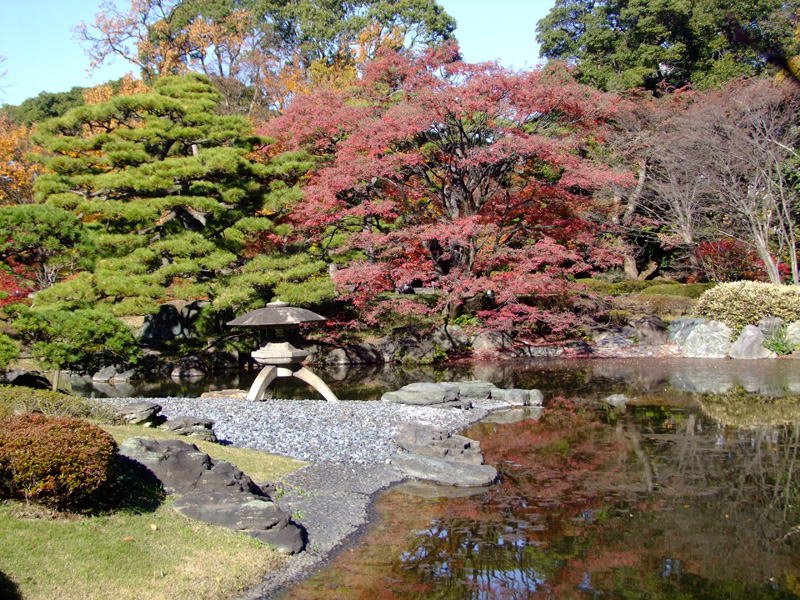
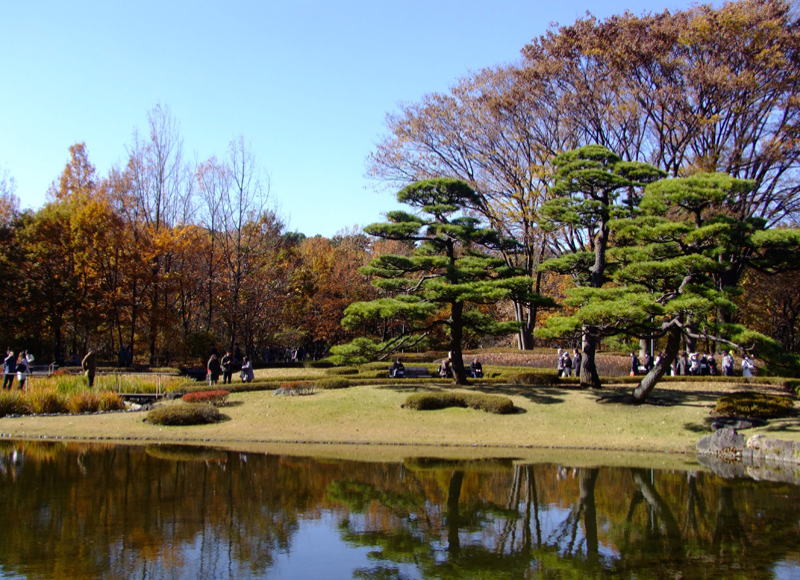
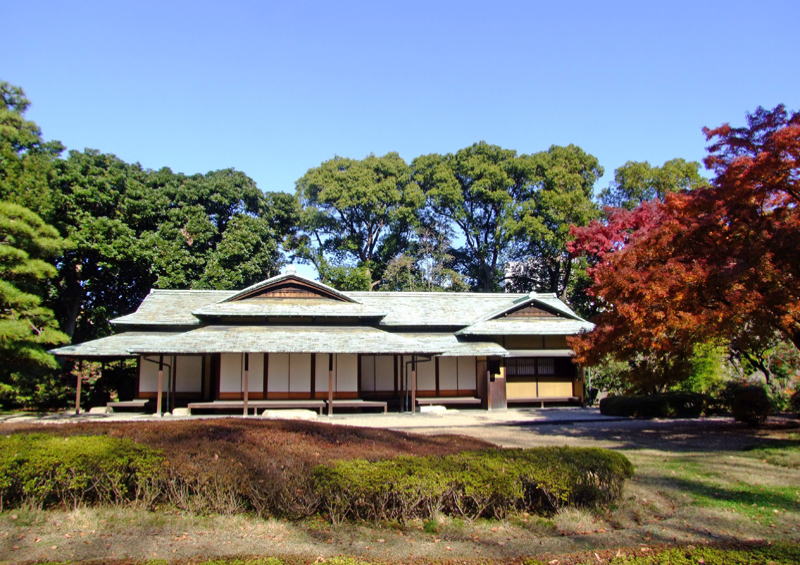
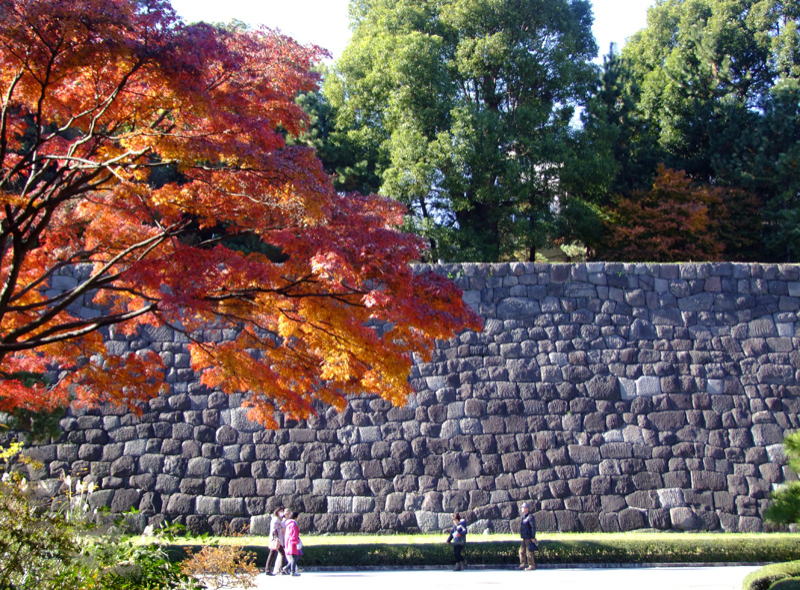
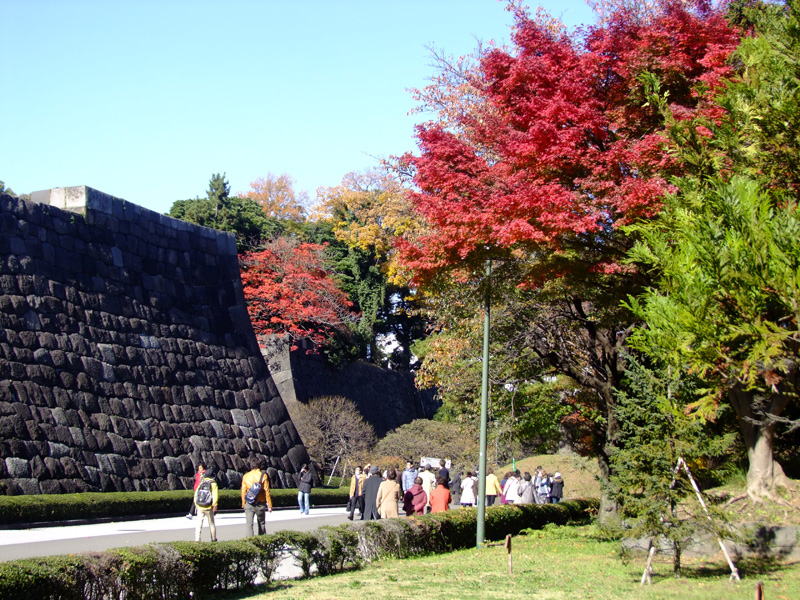
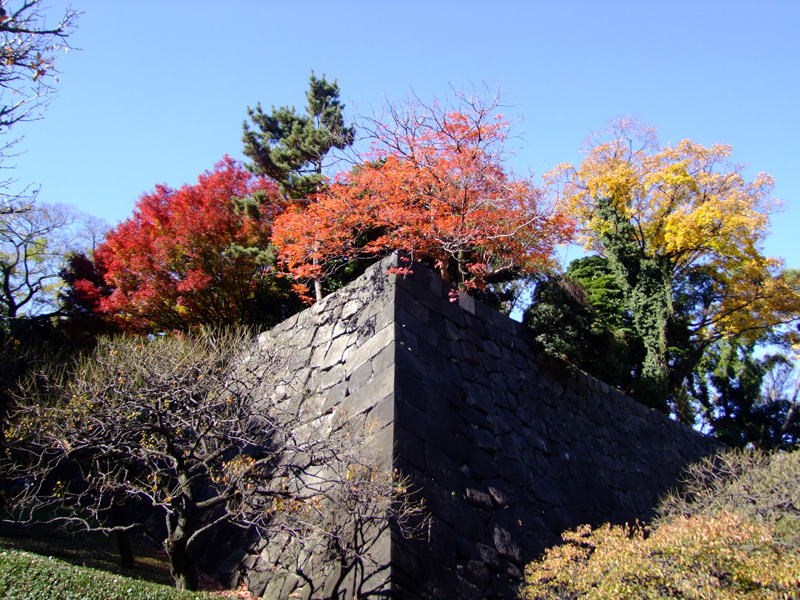
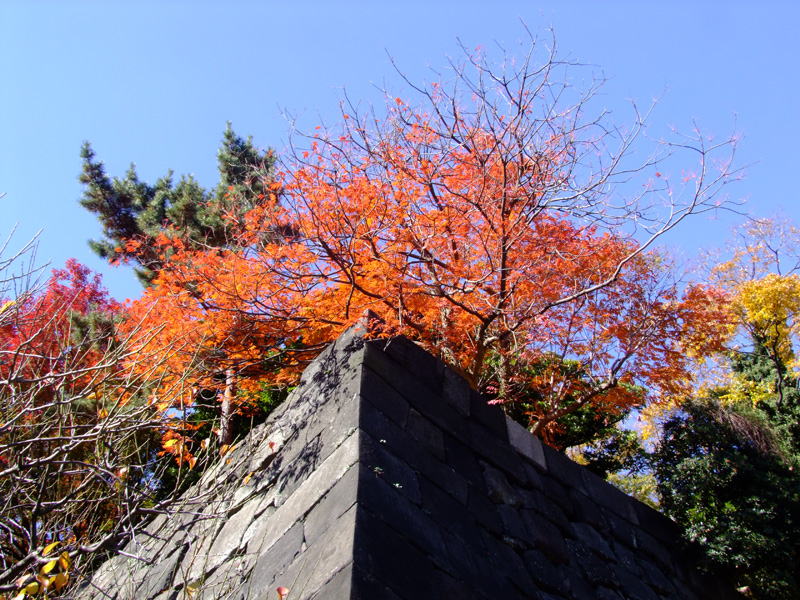
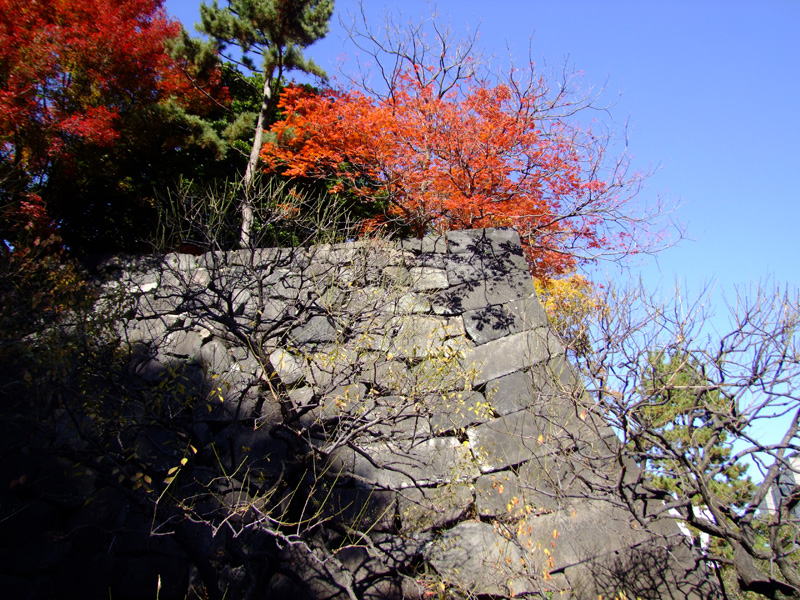
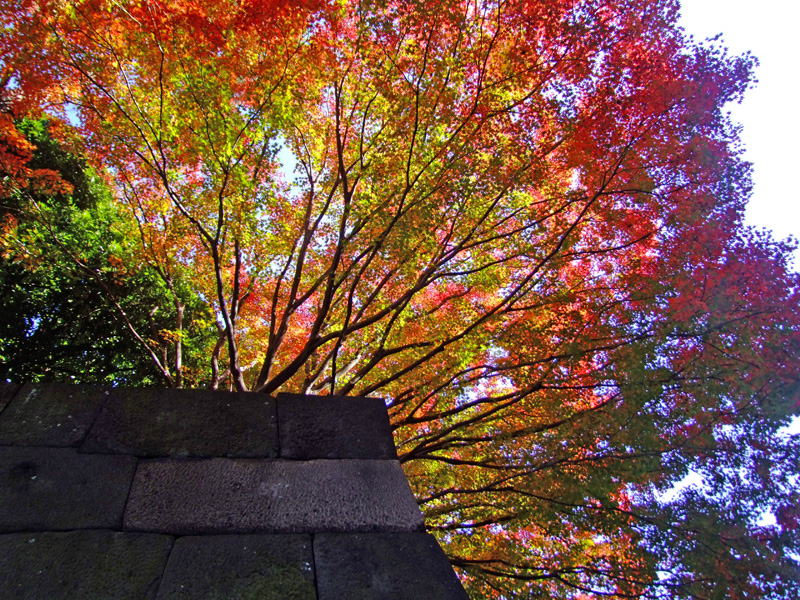
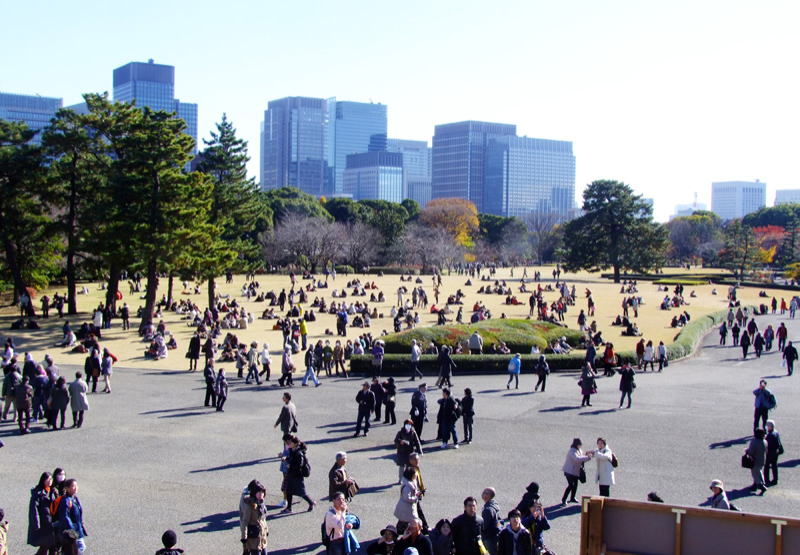
East Garden in Spring (March 31, 2016)
